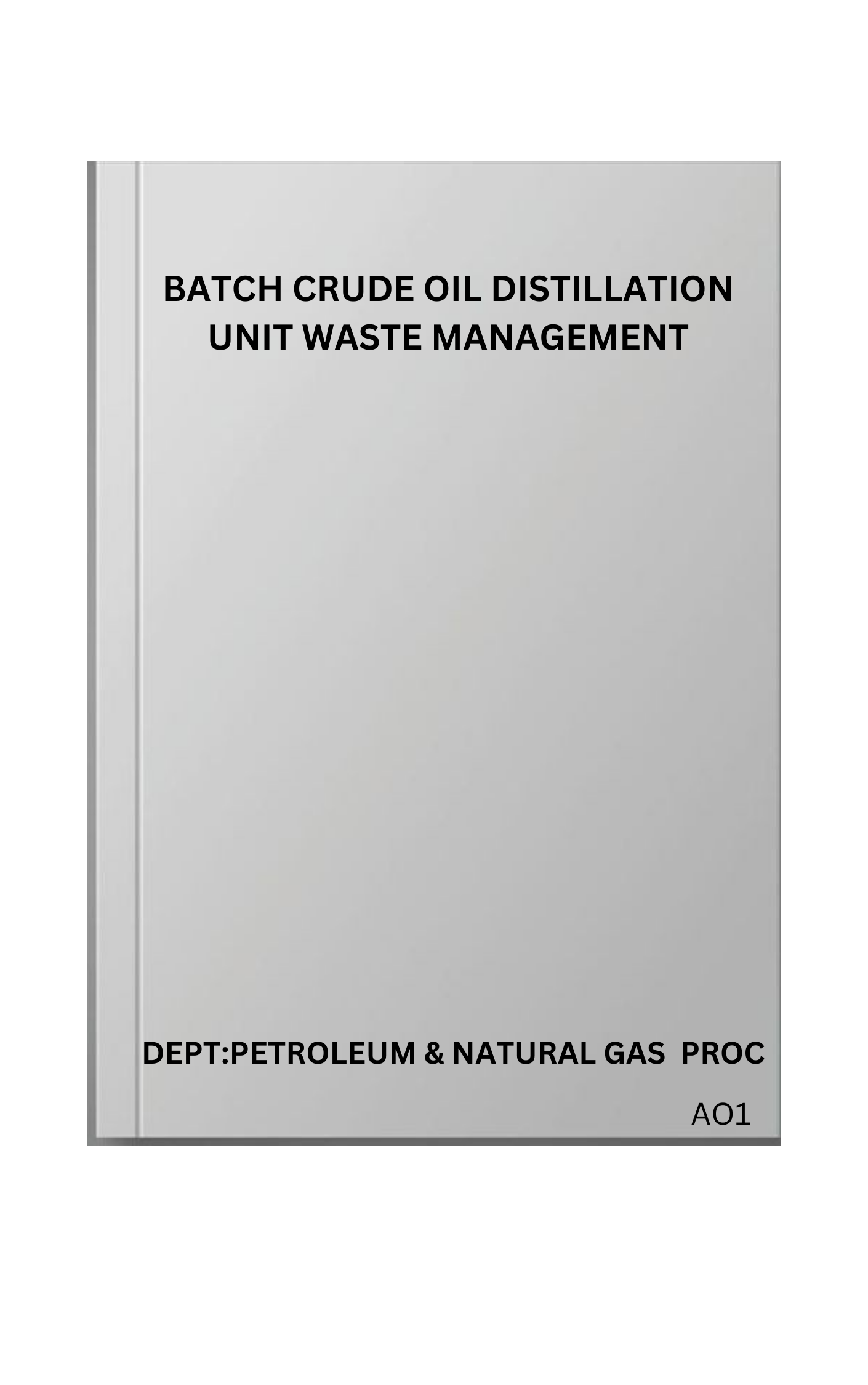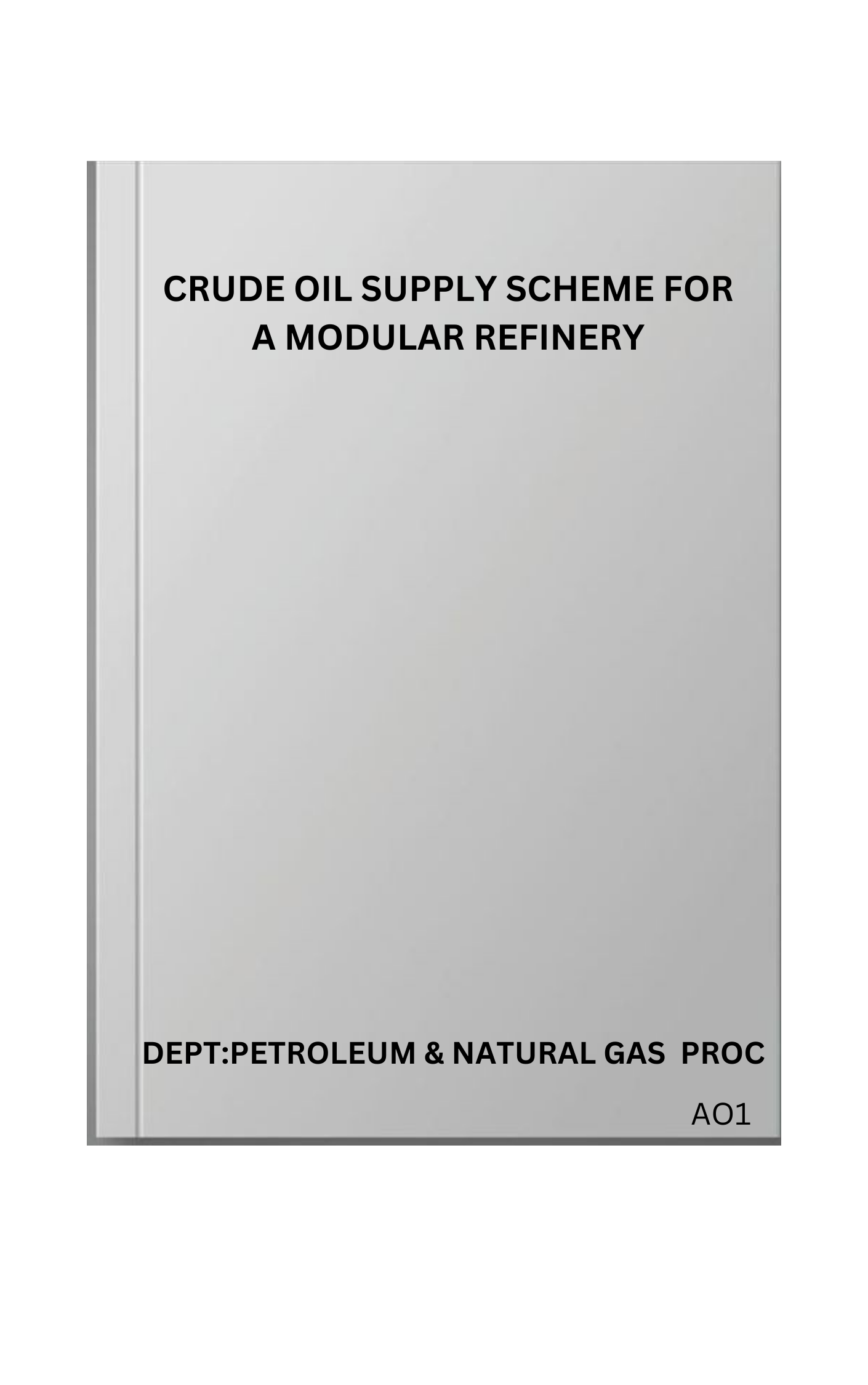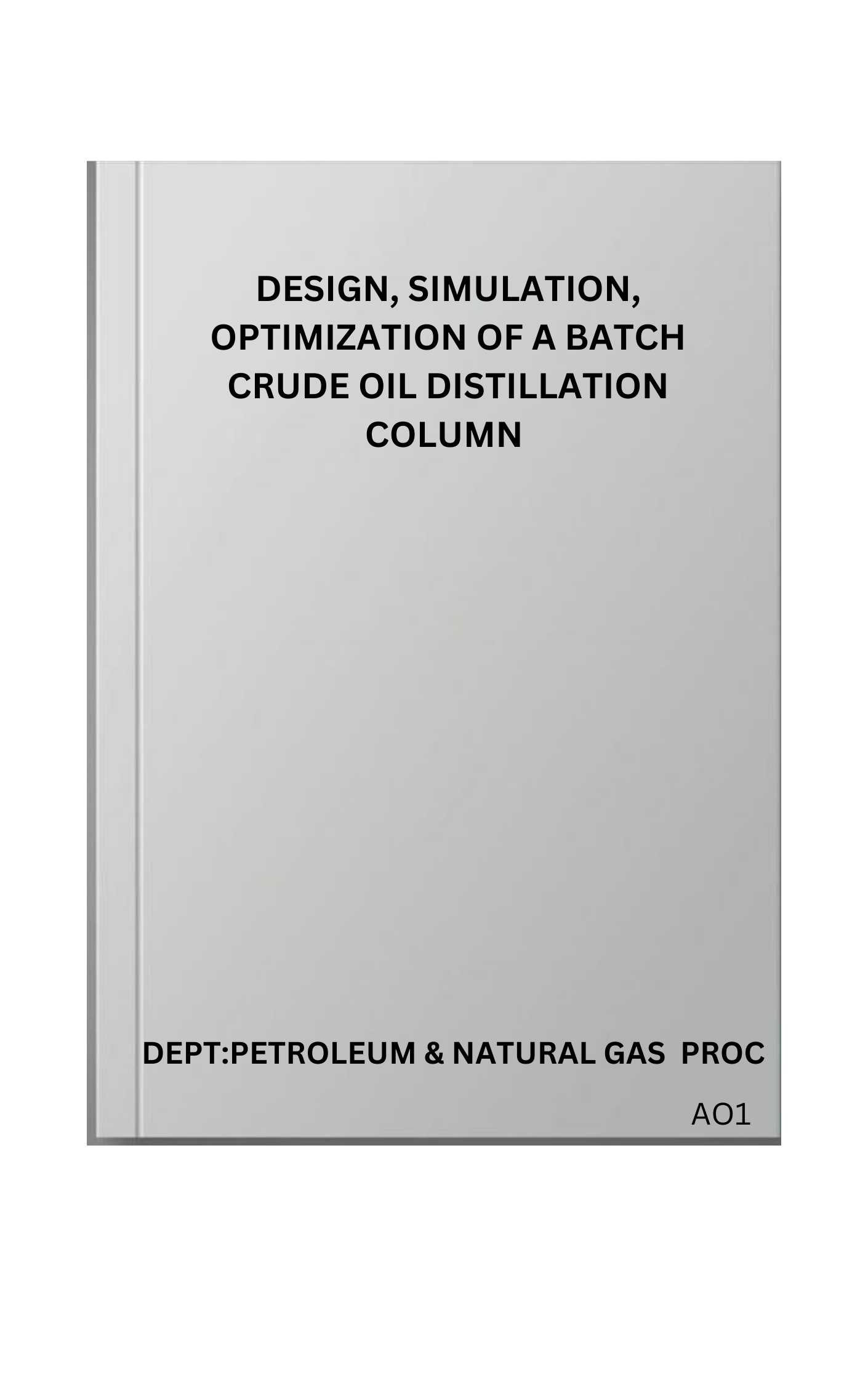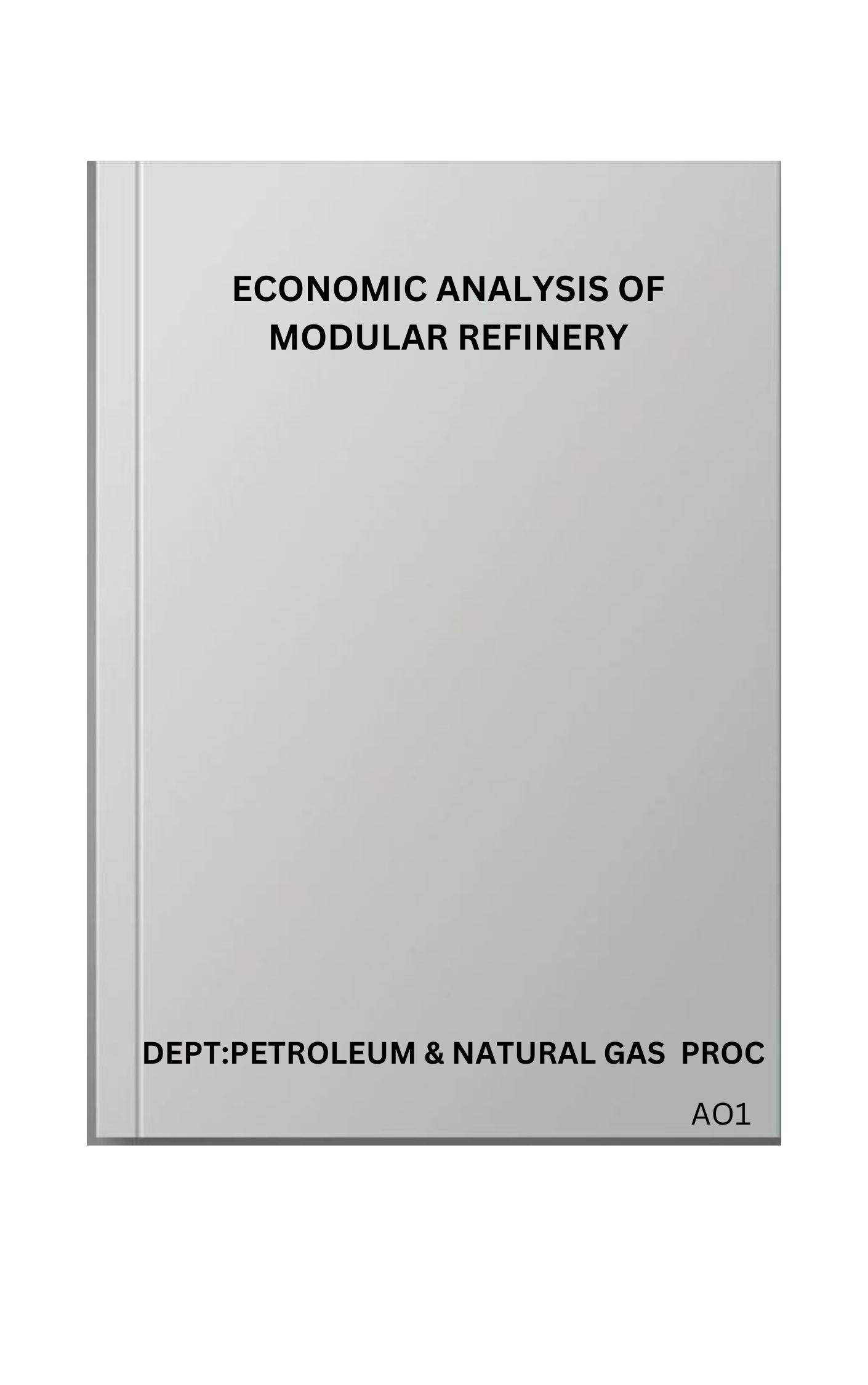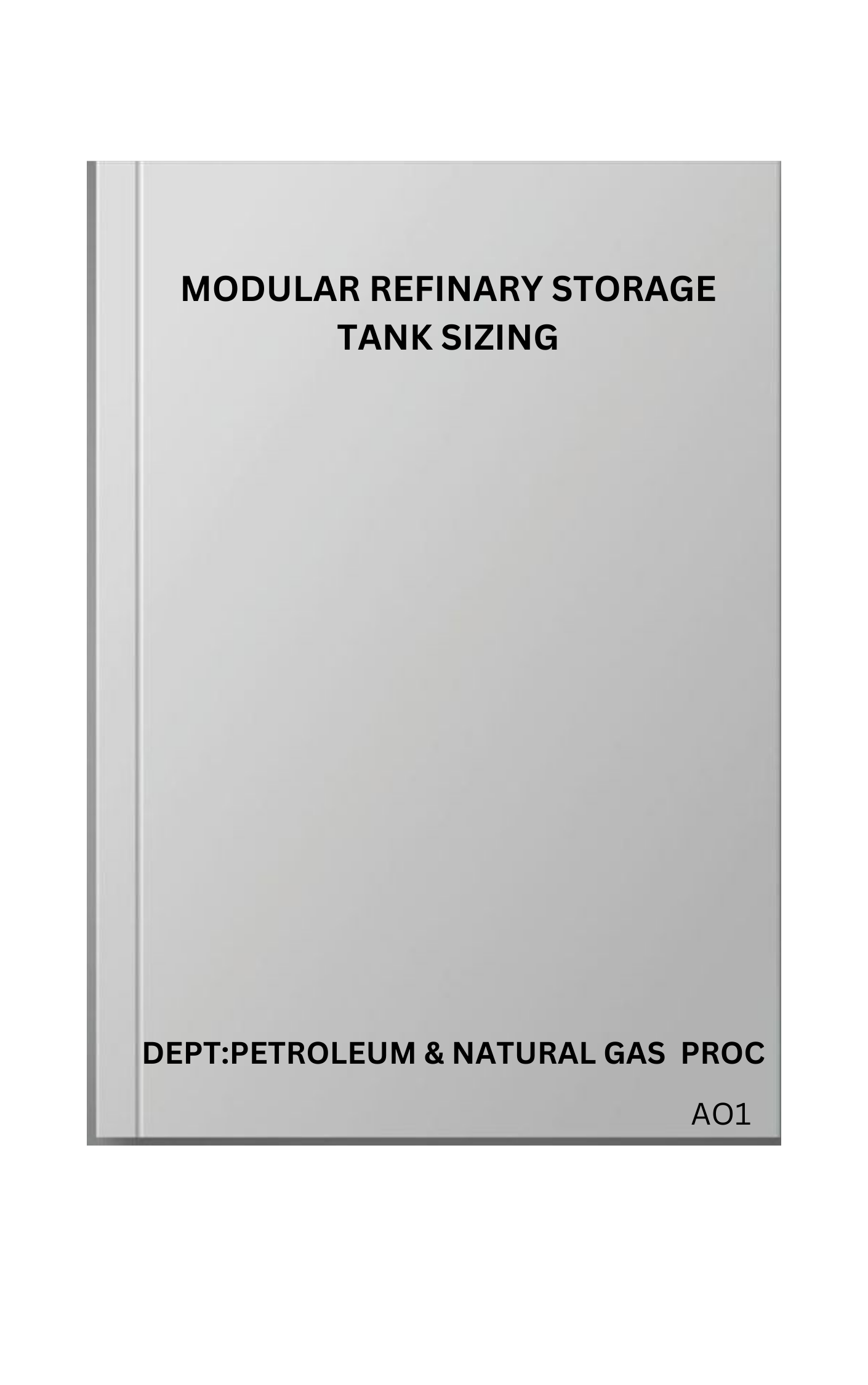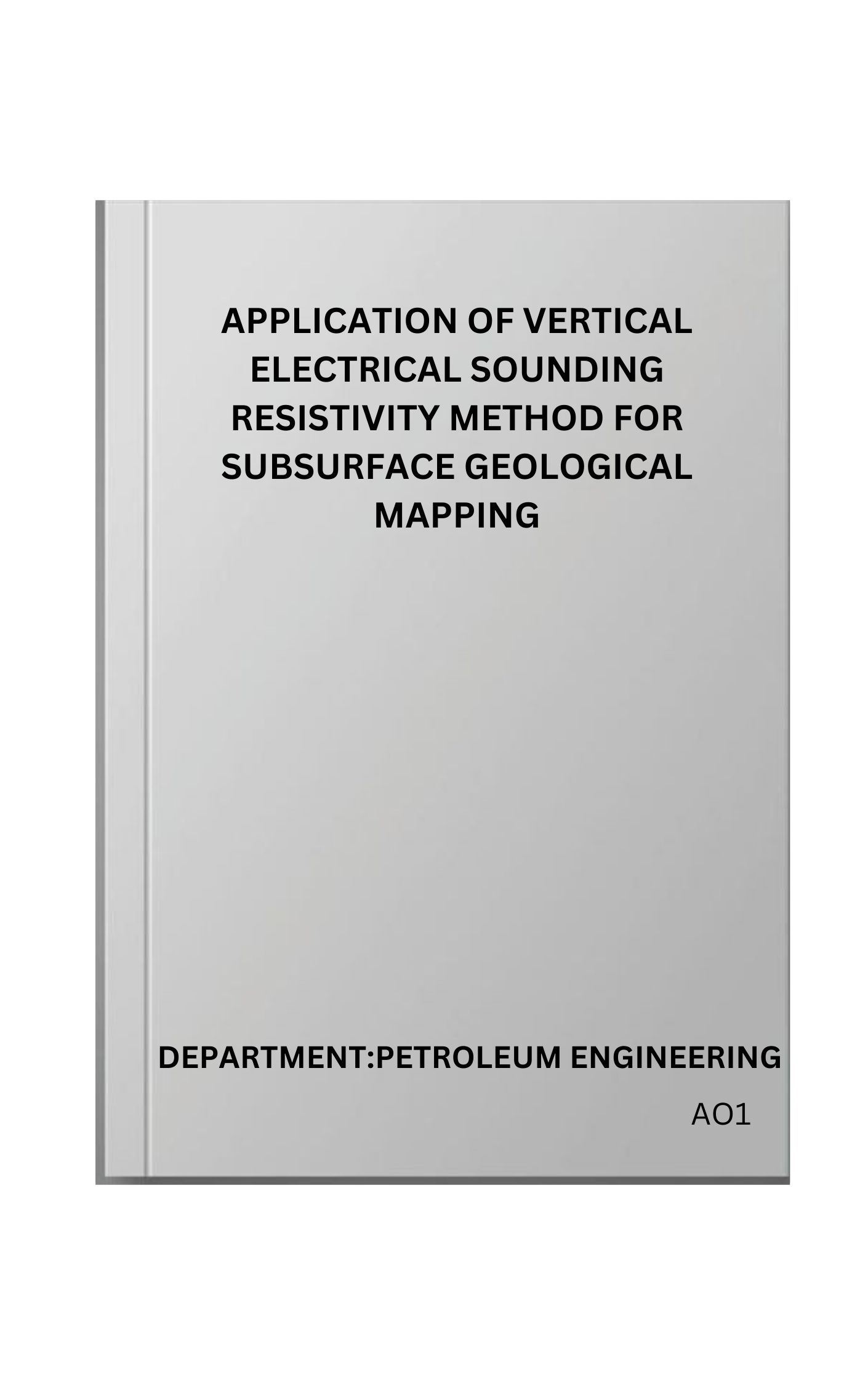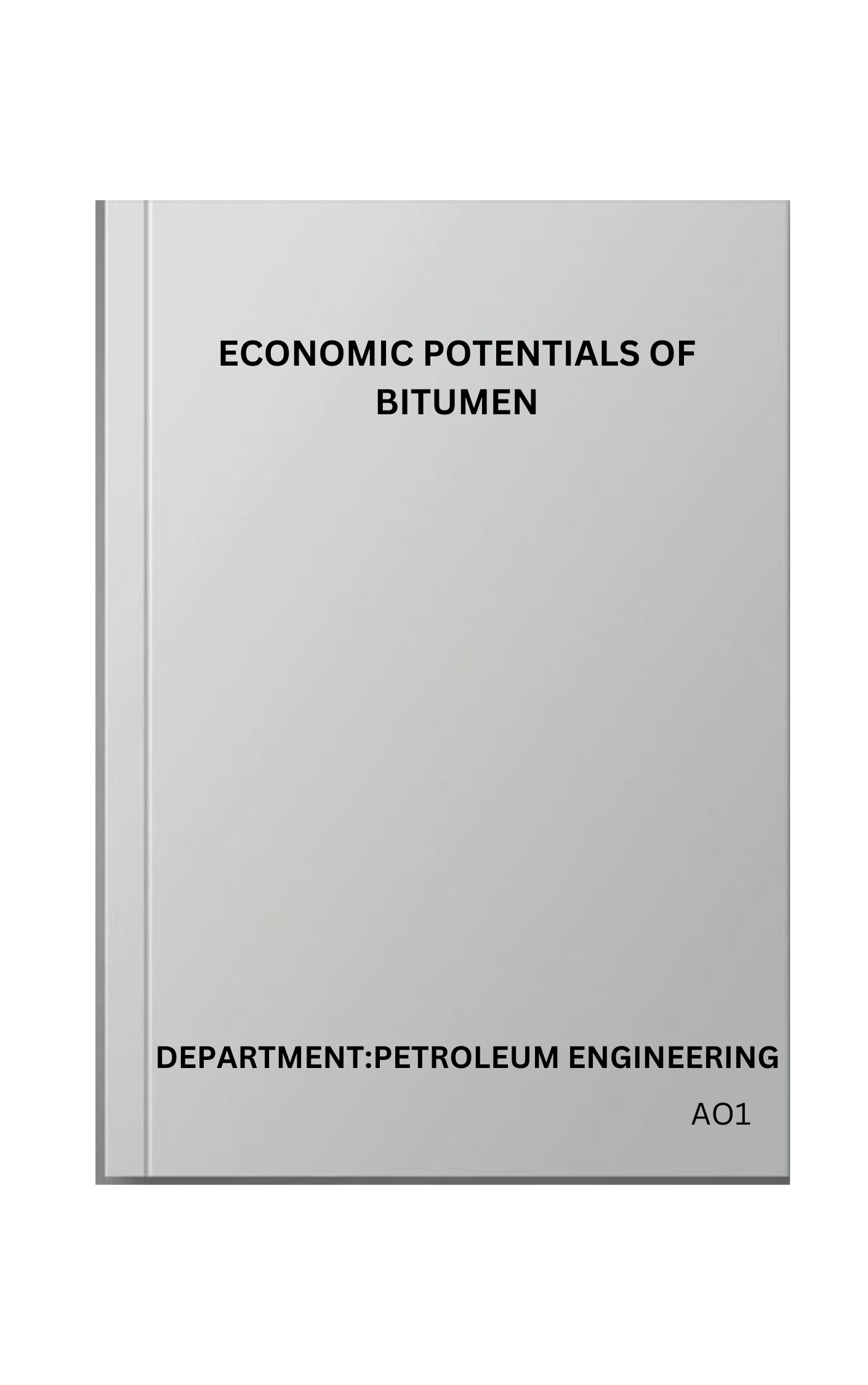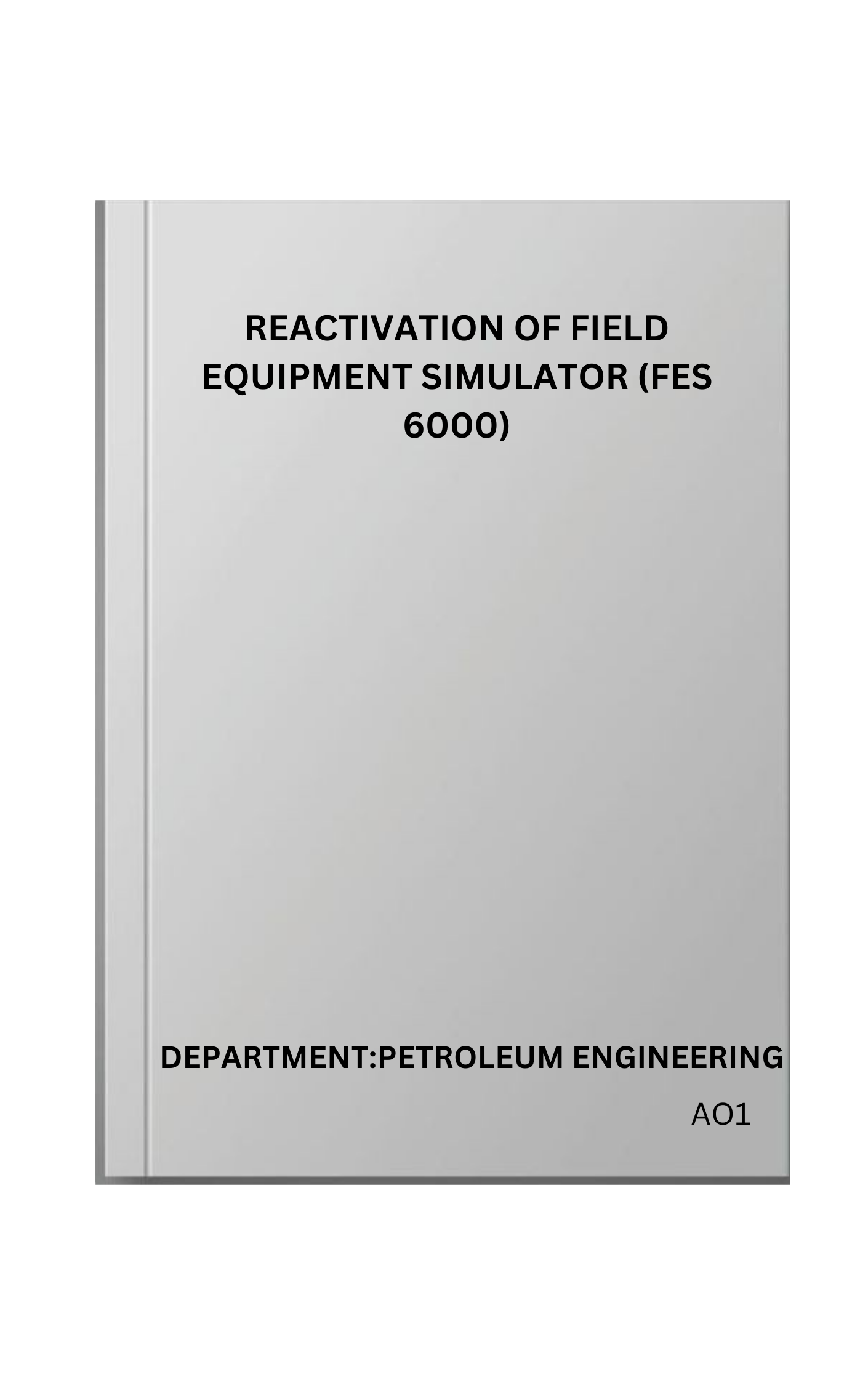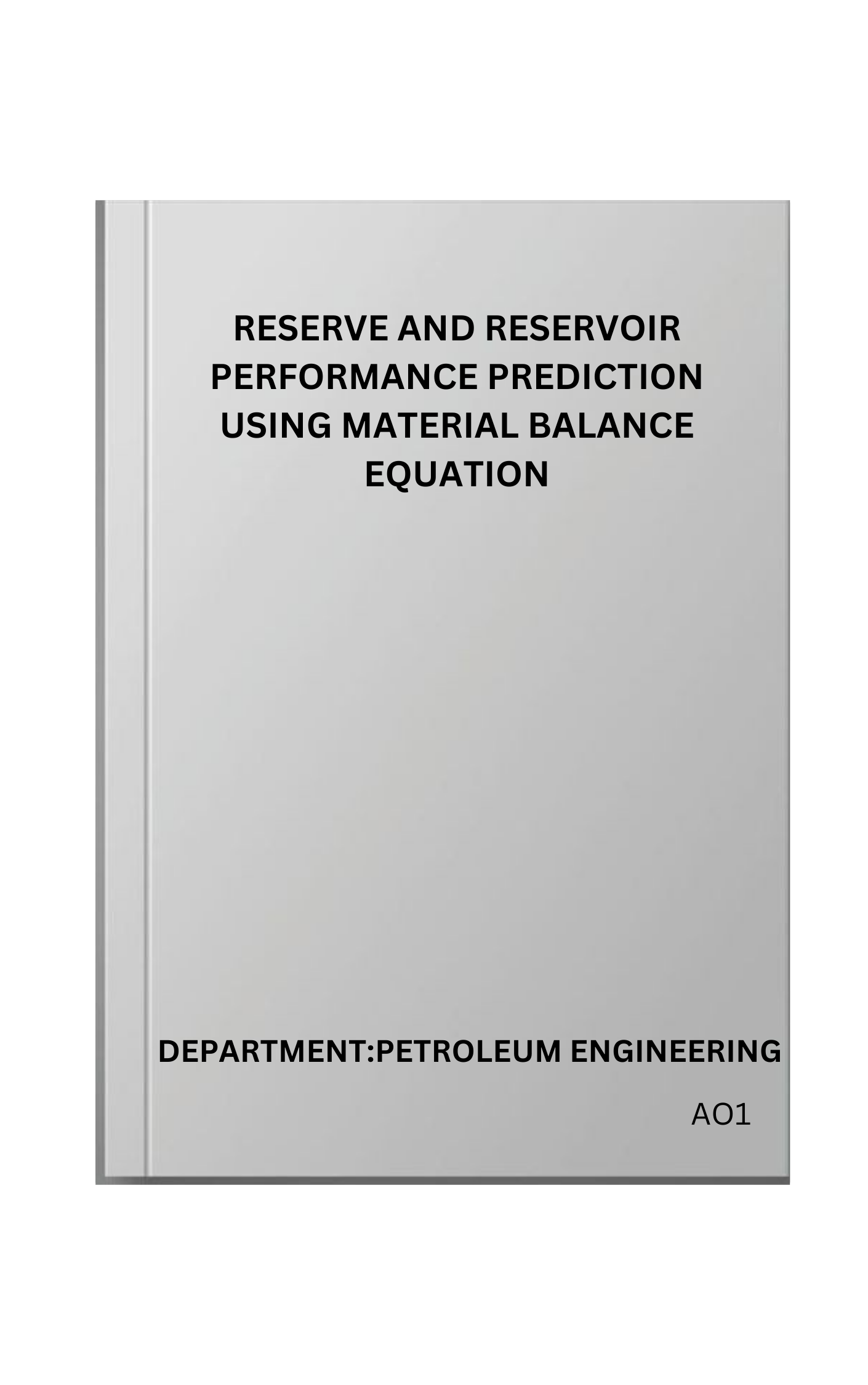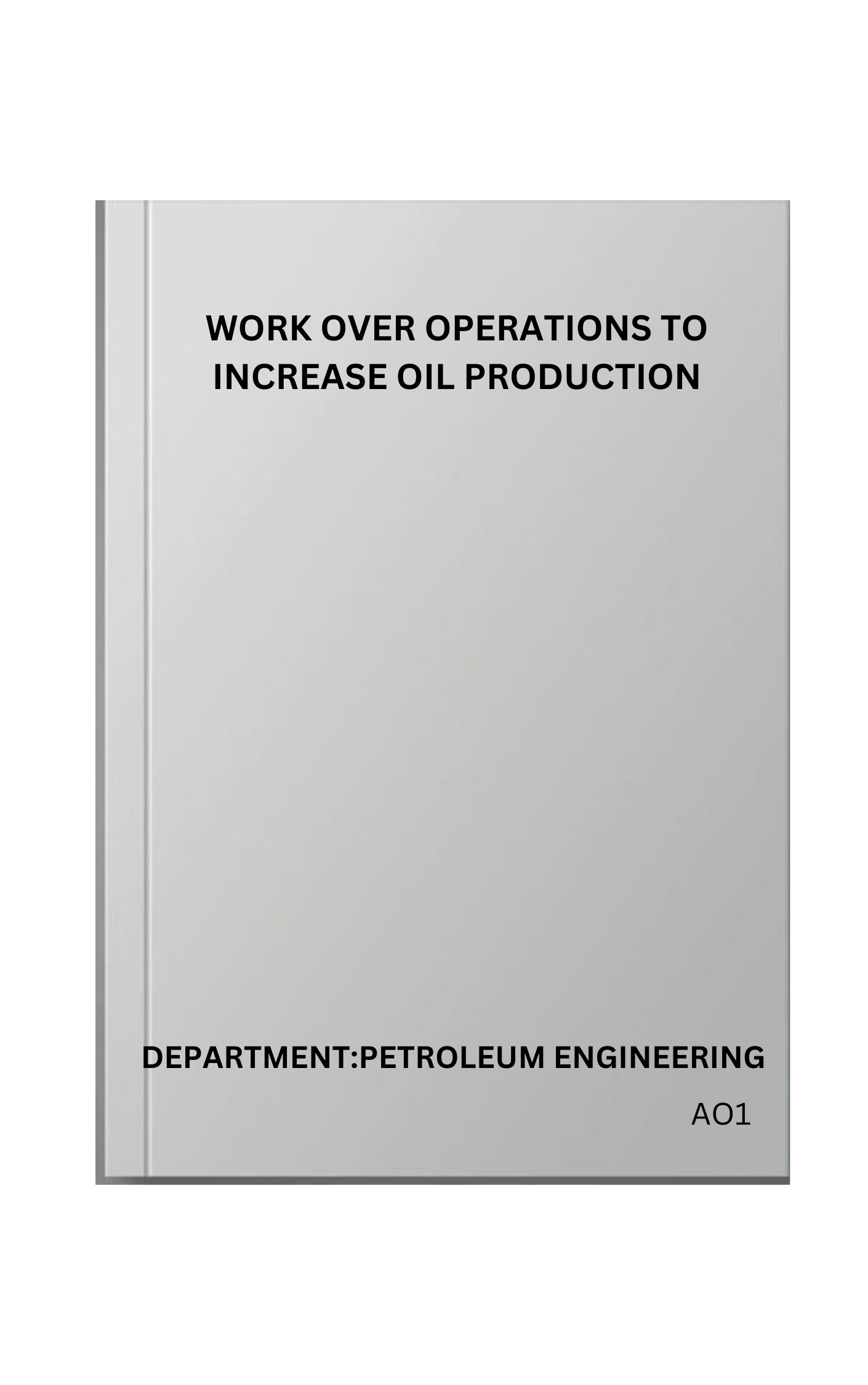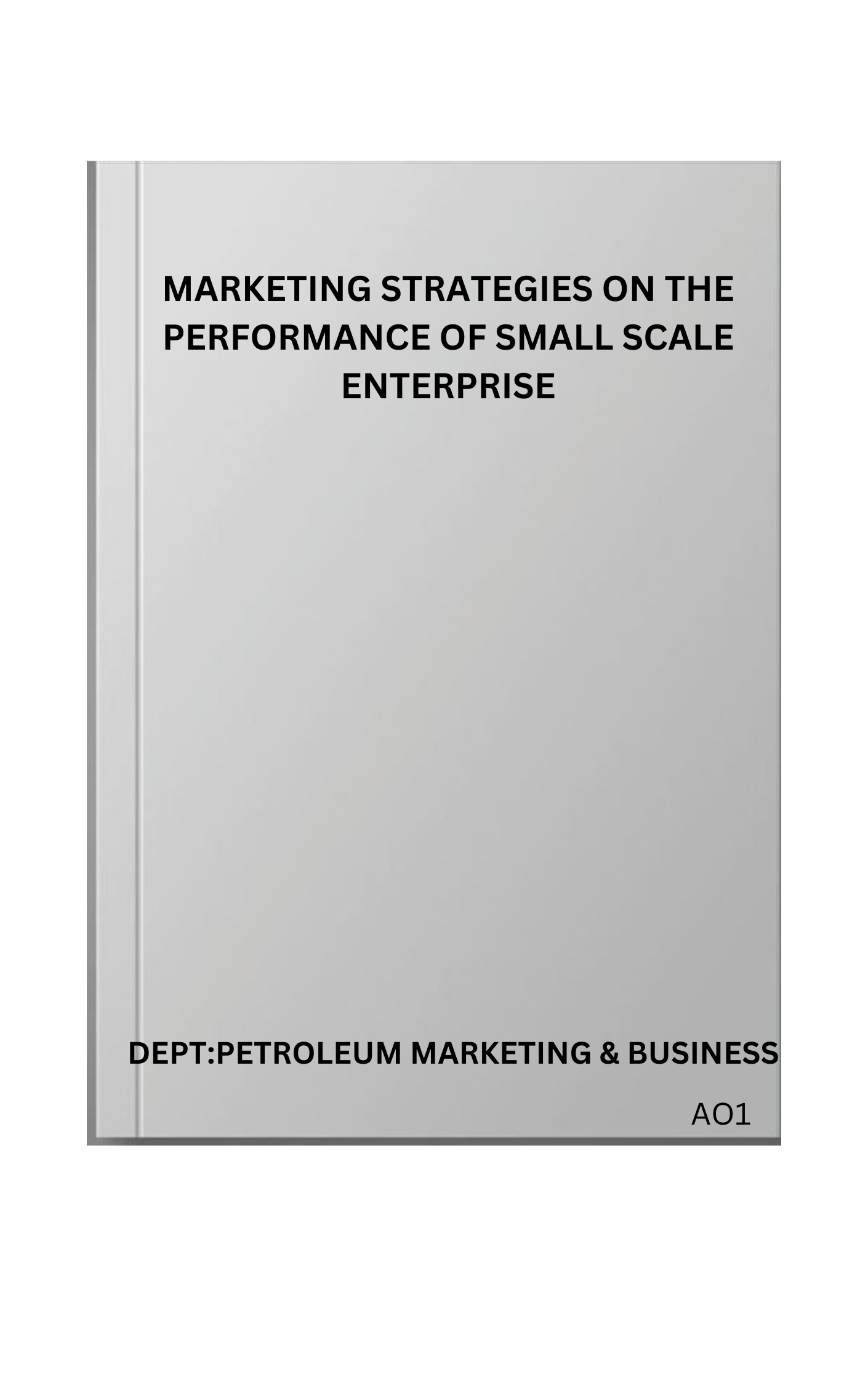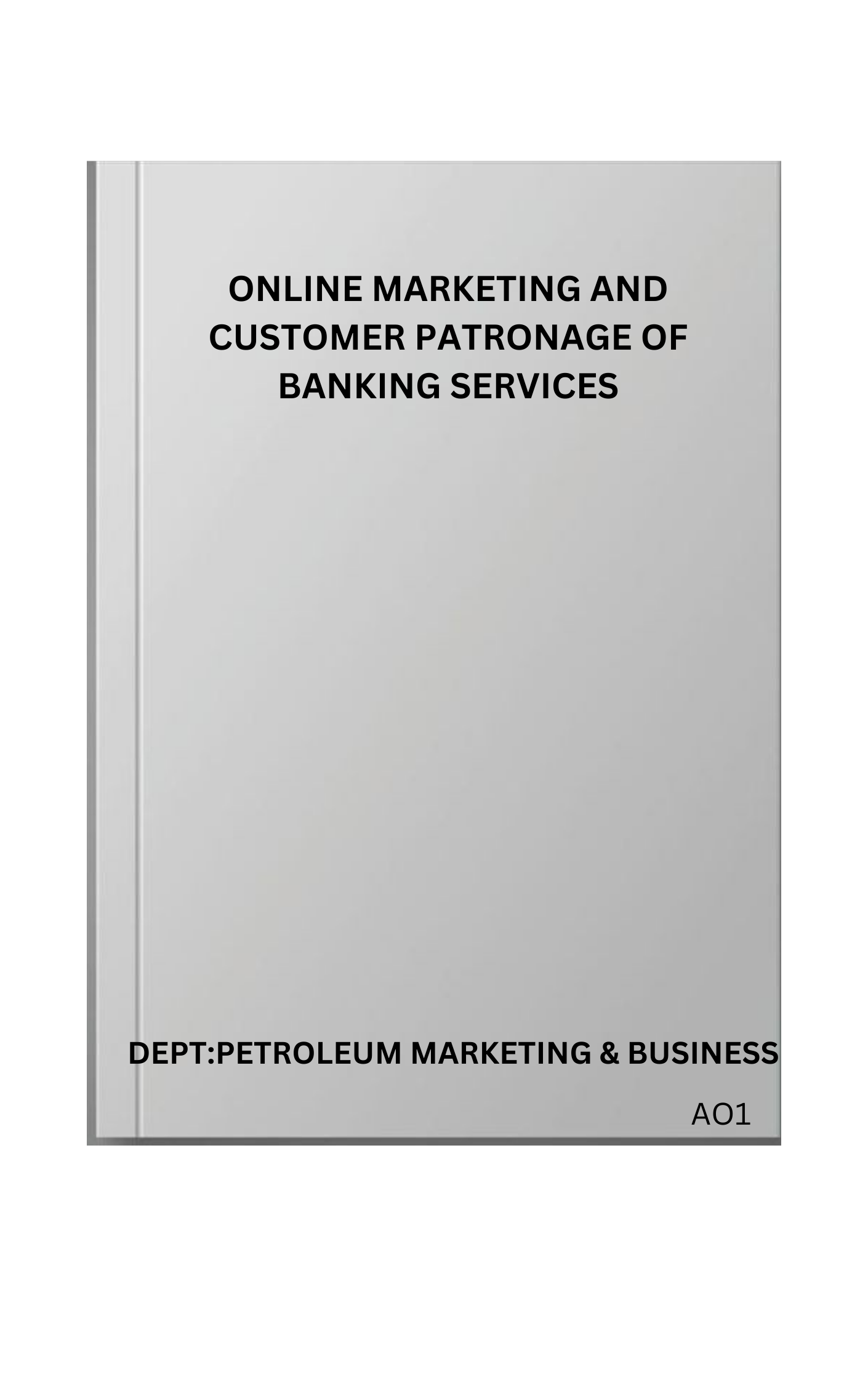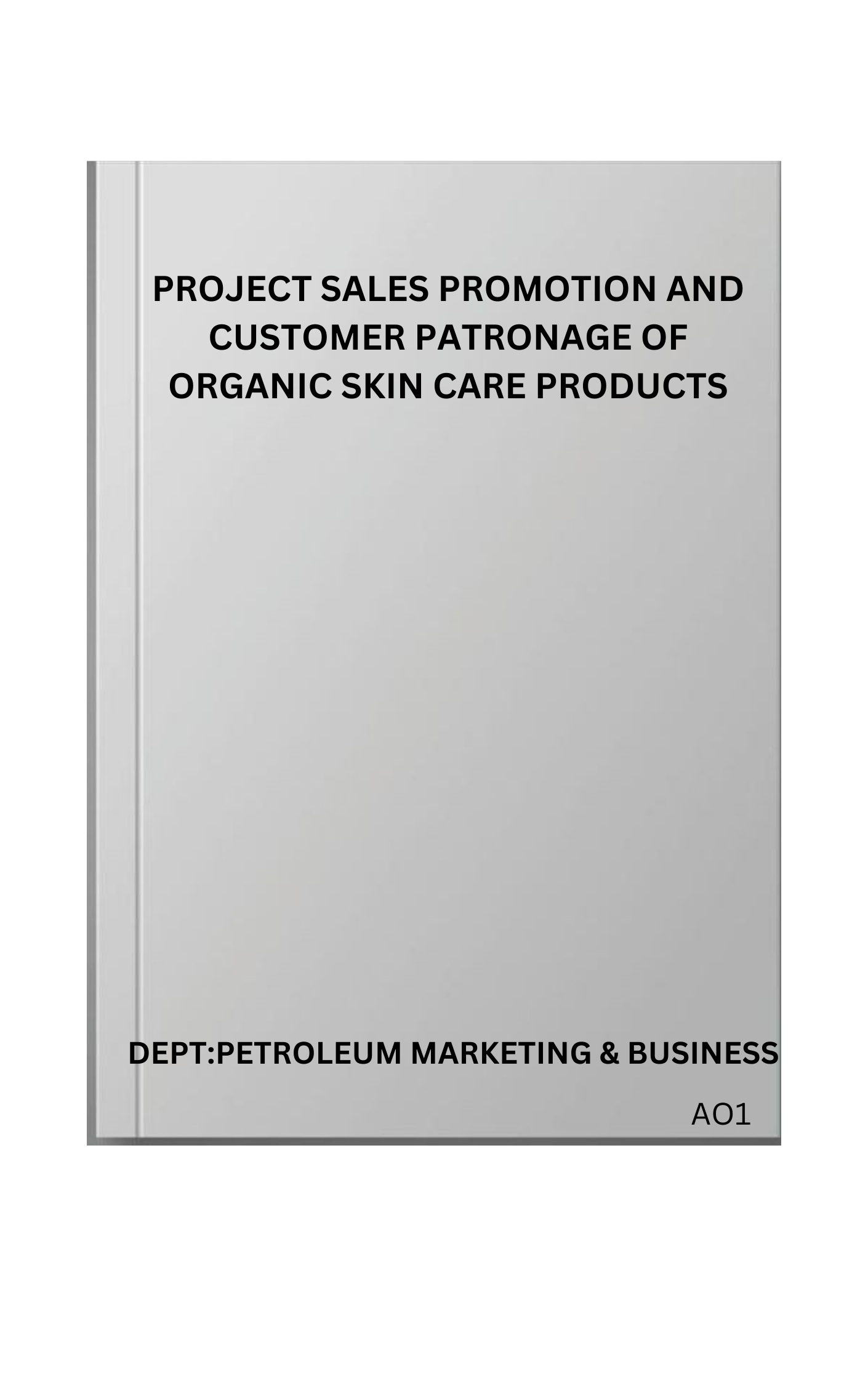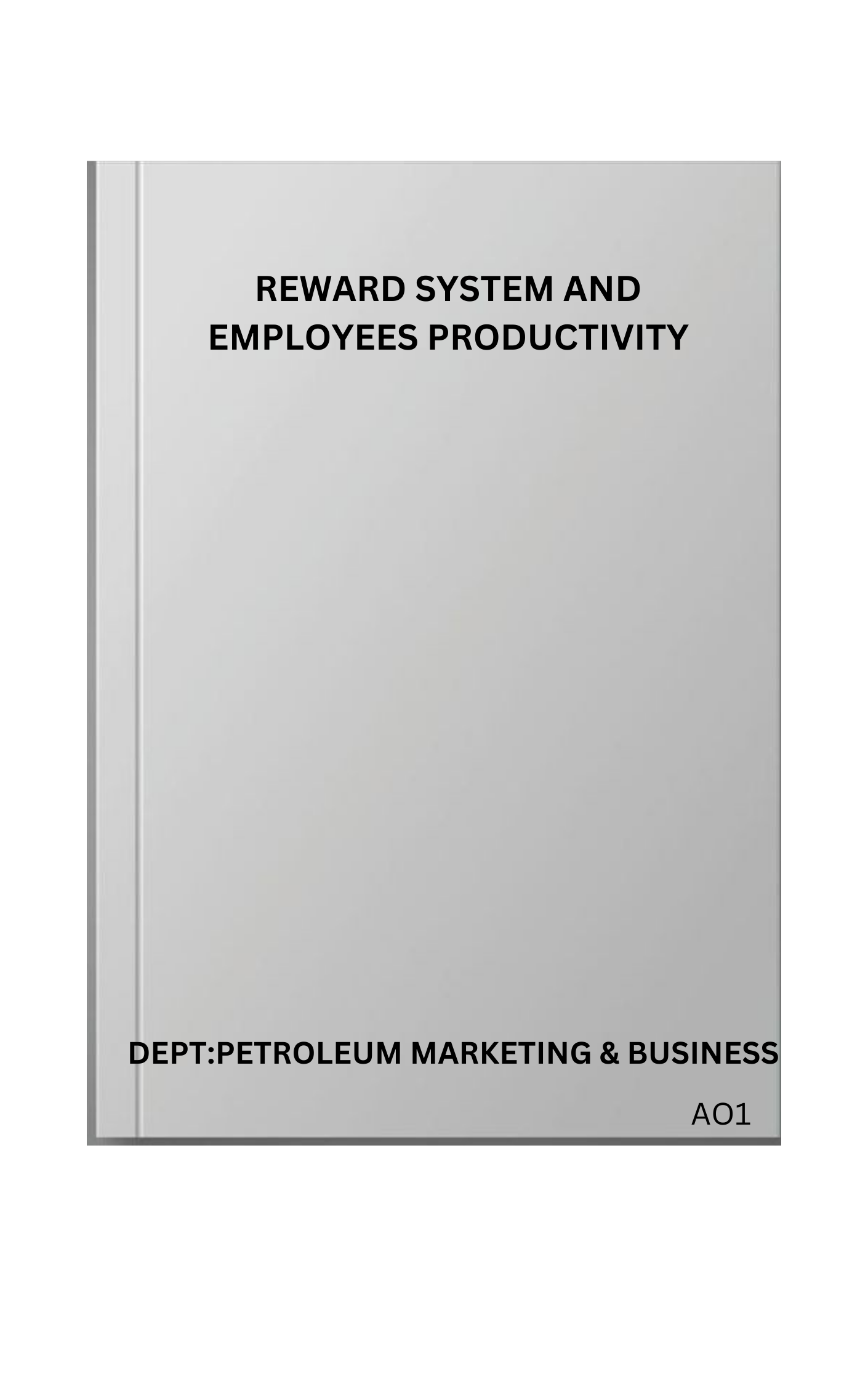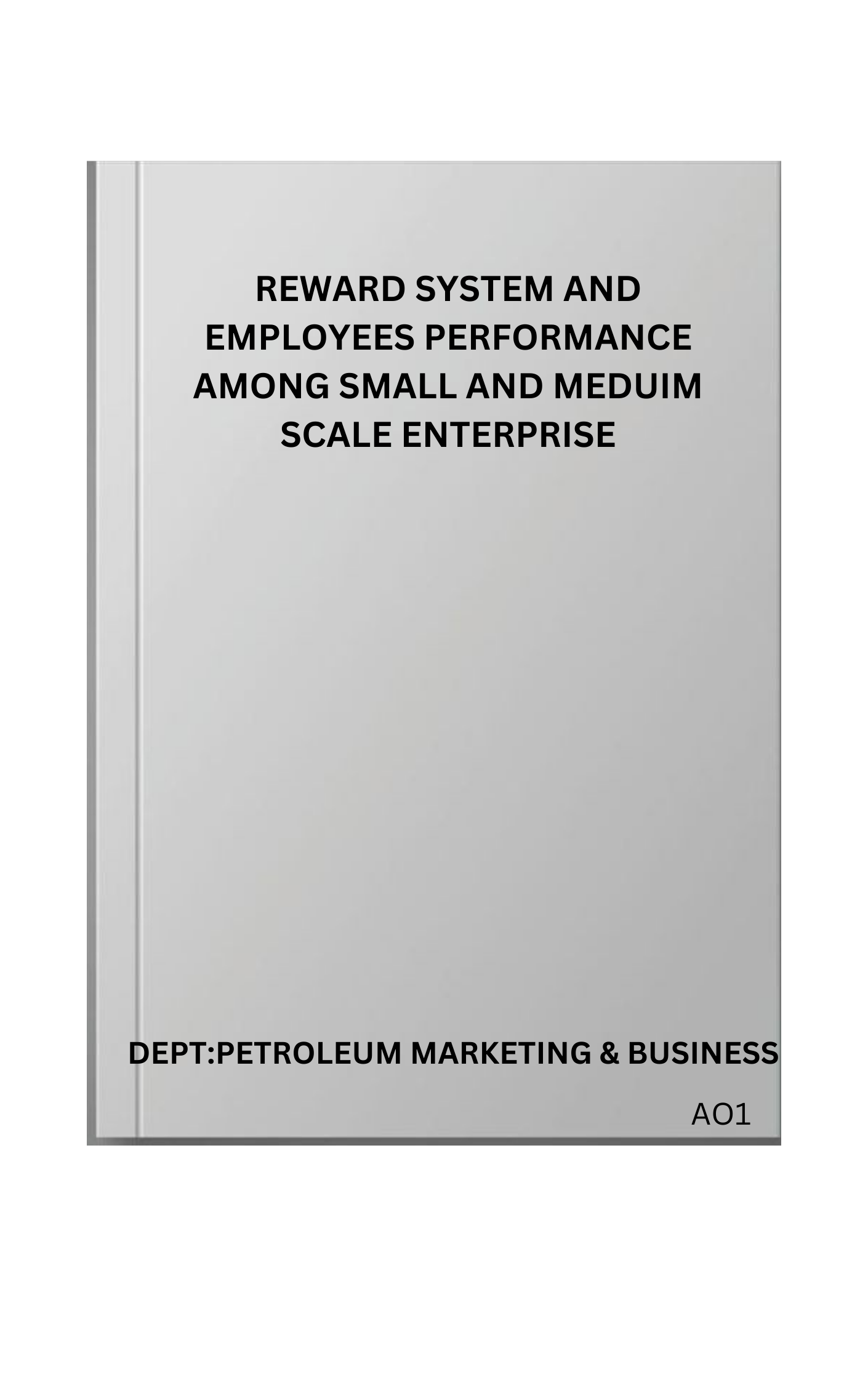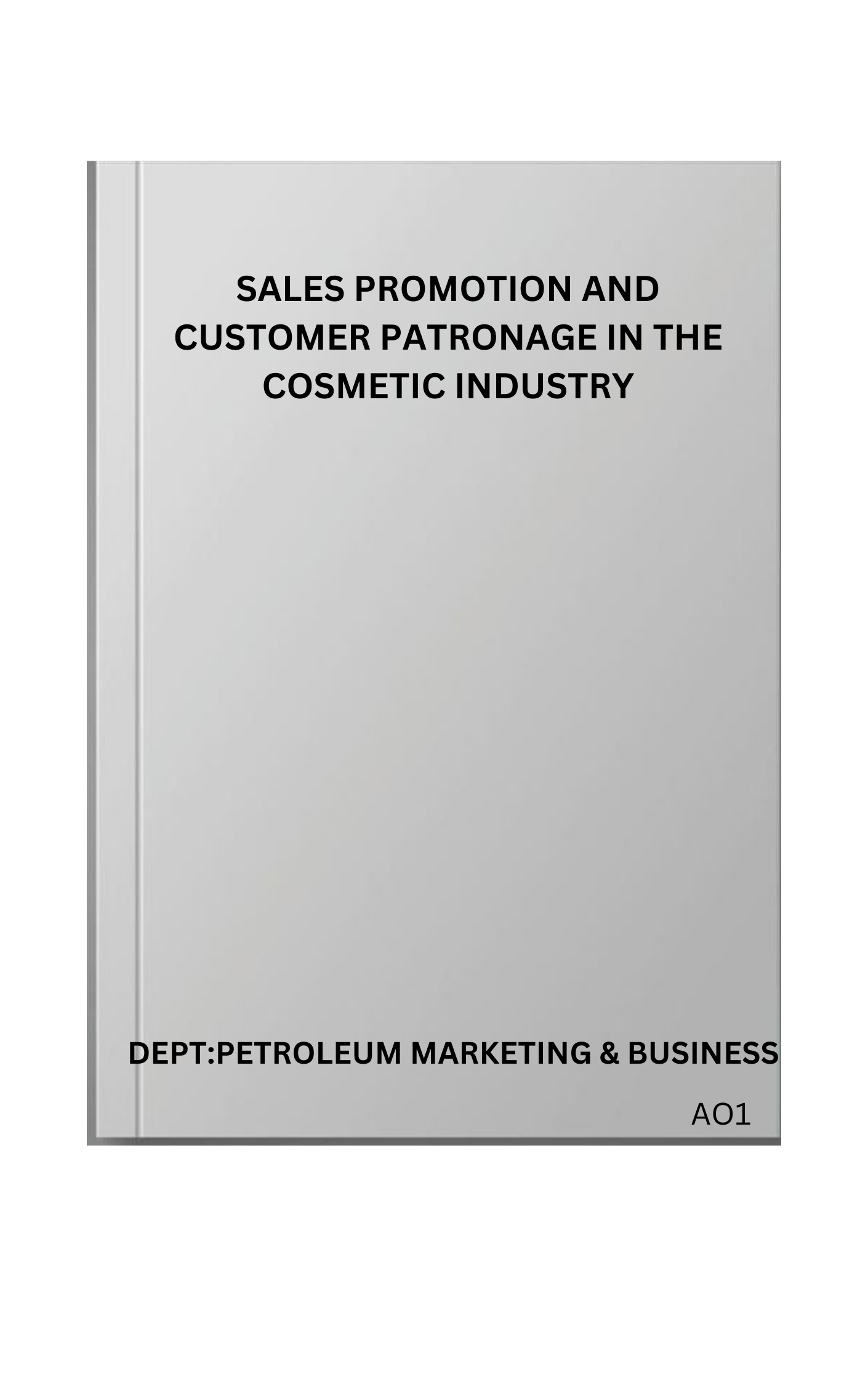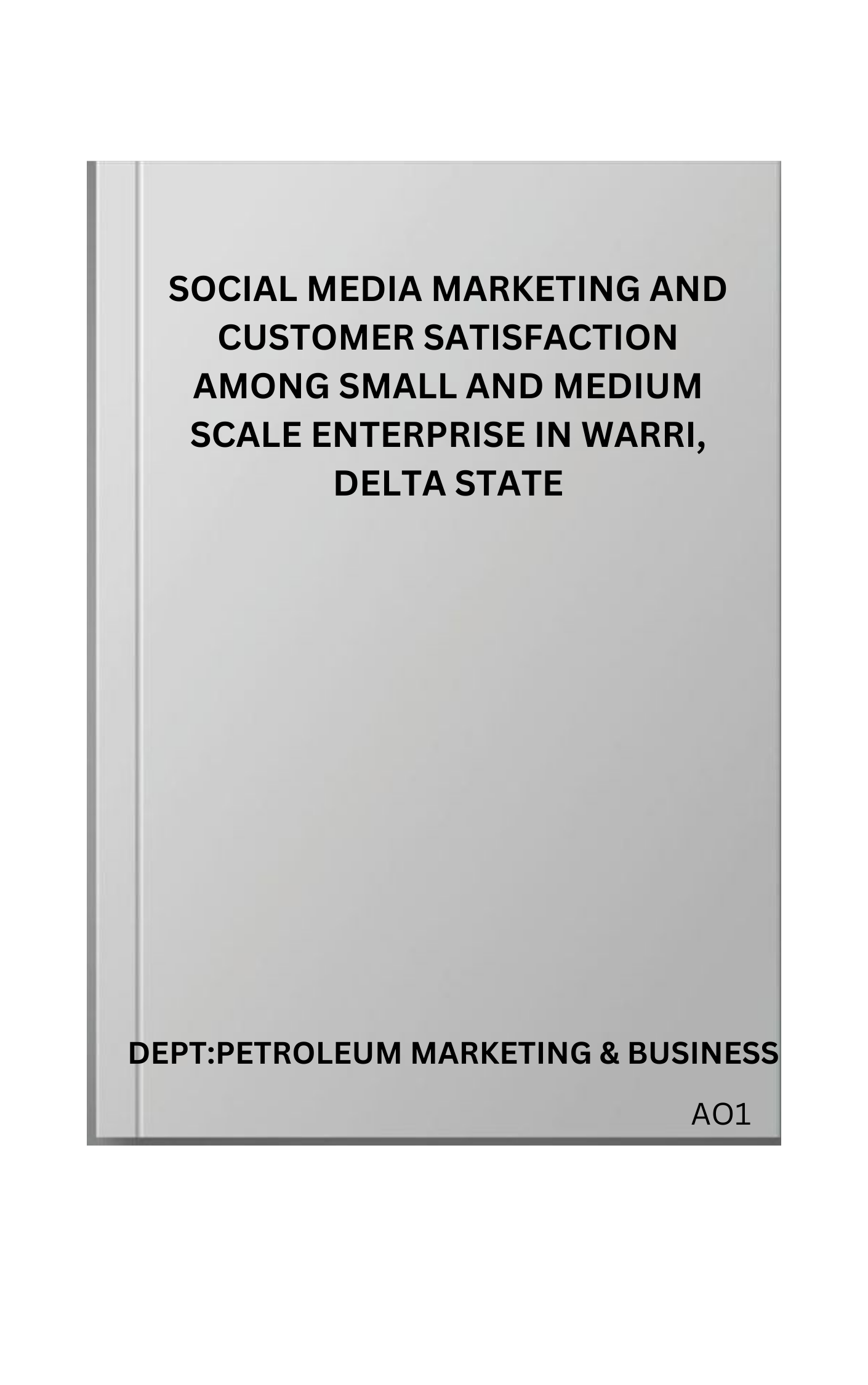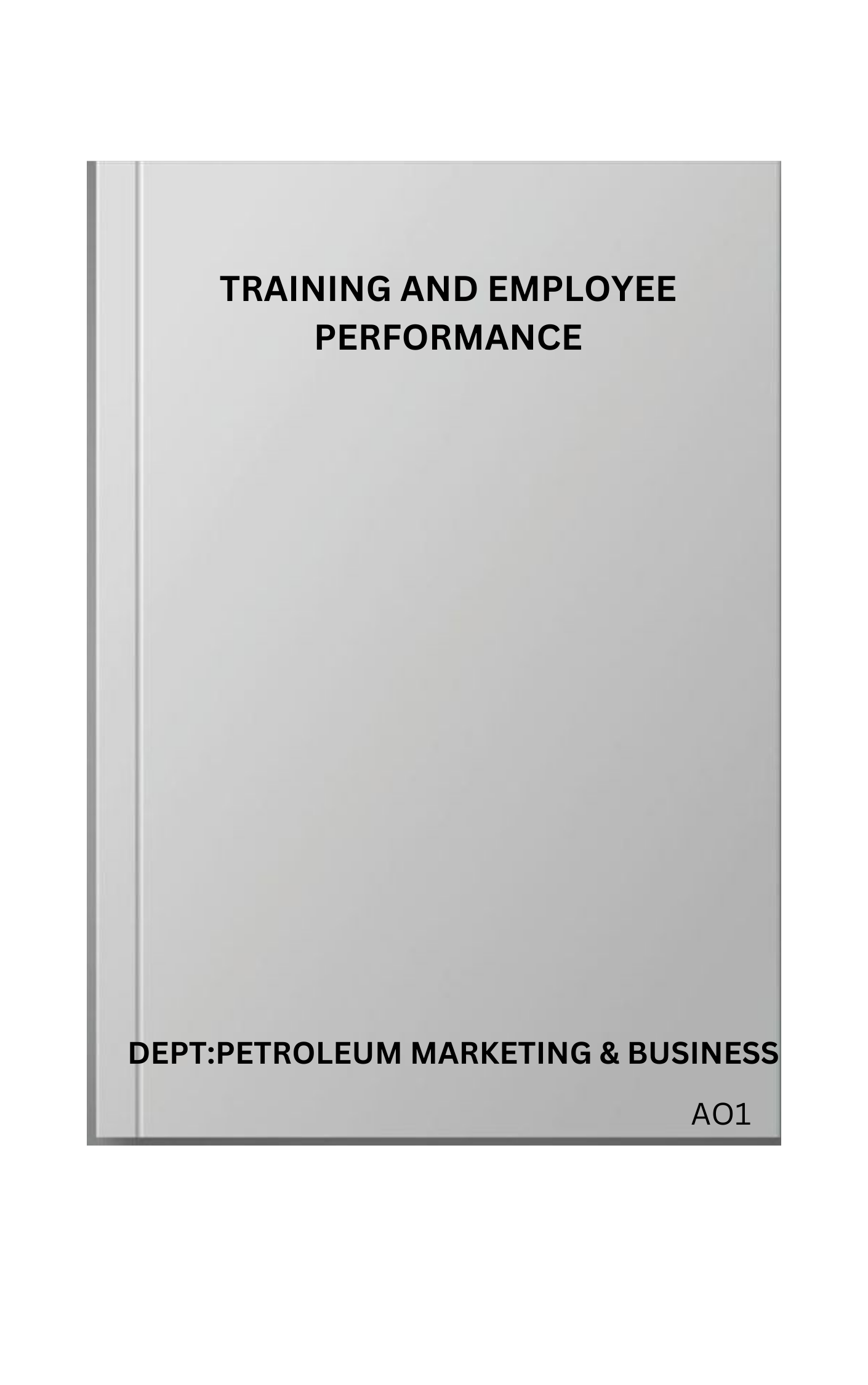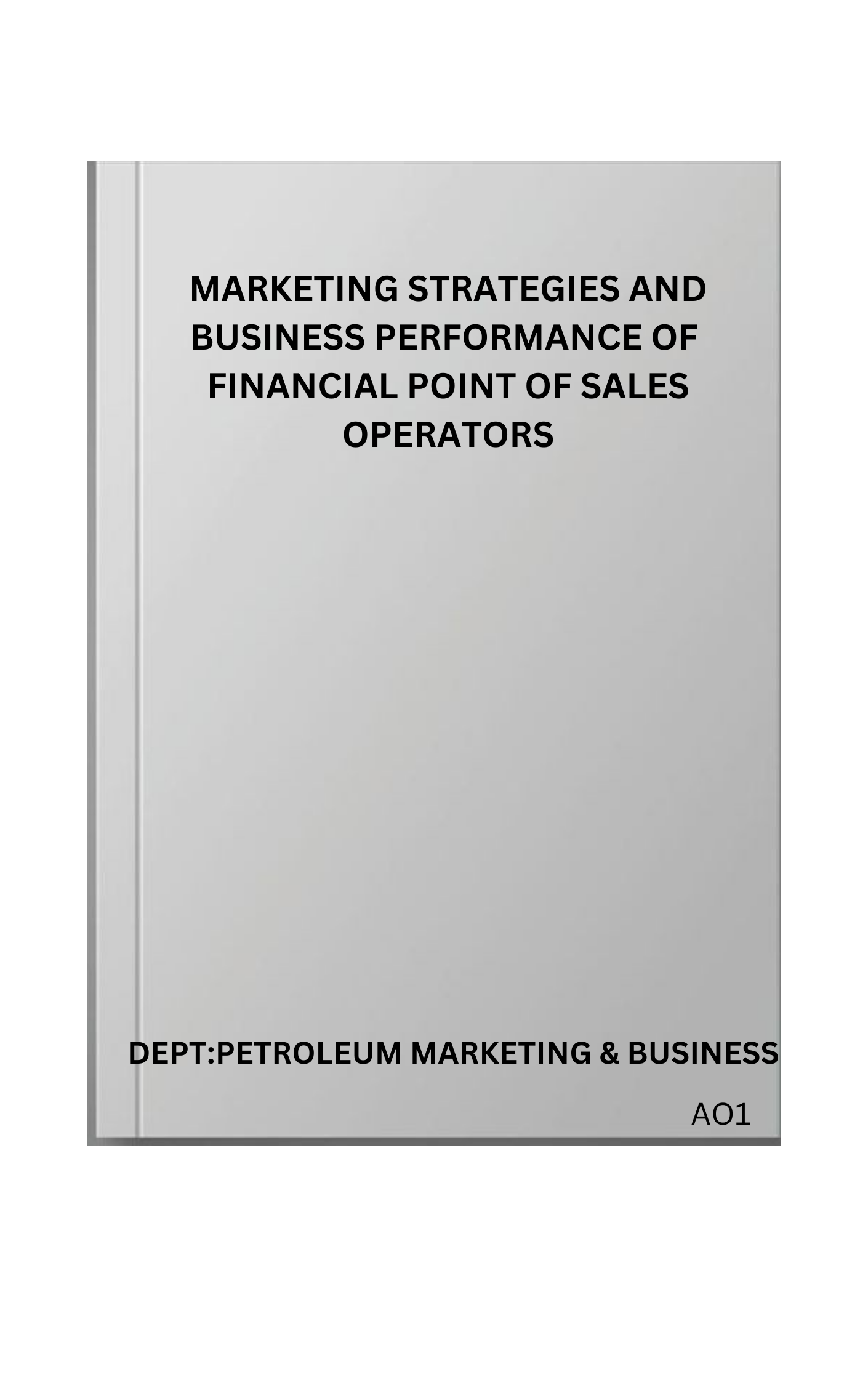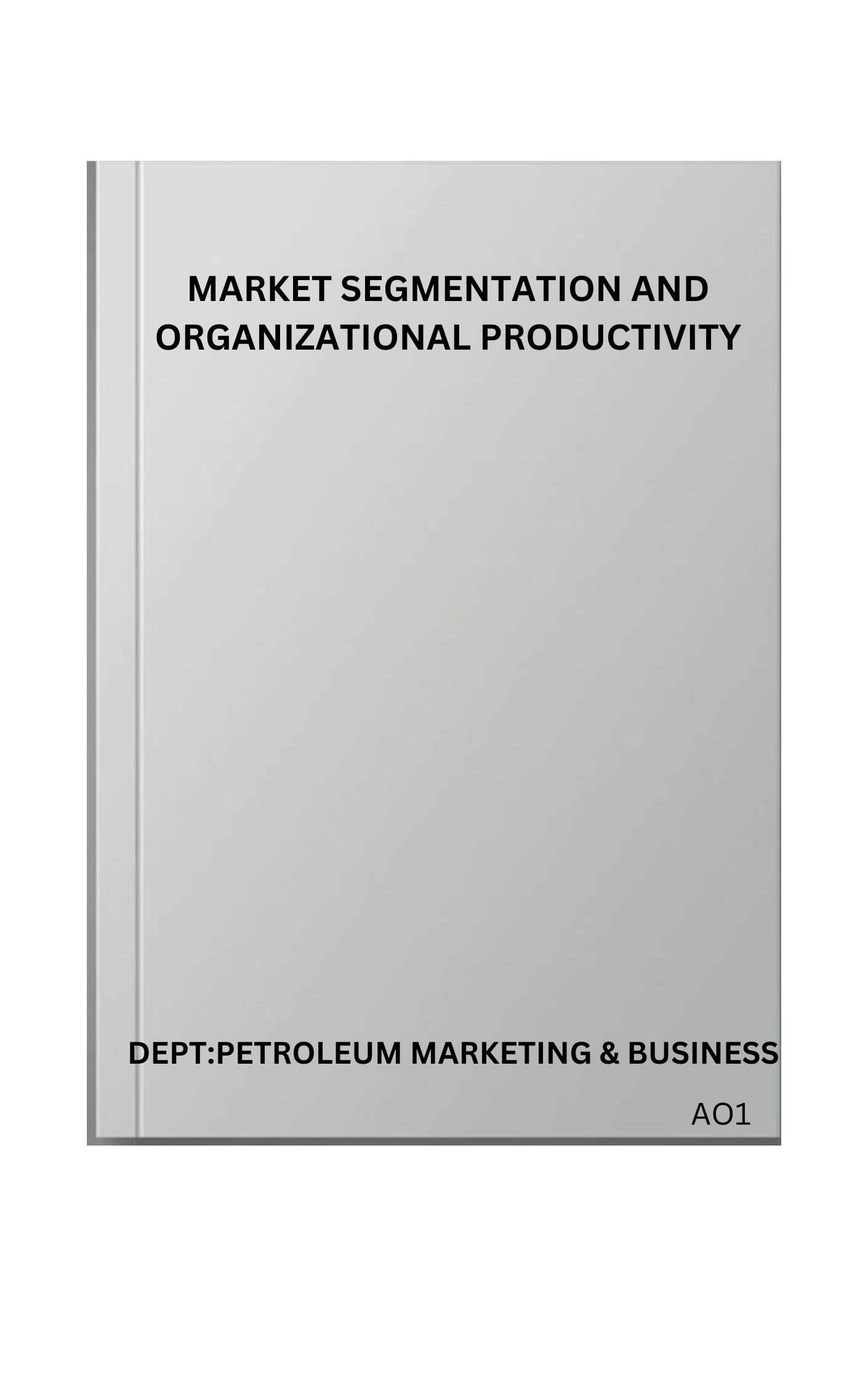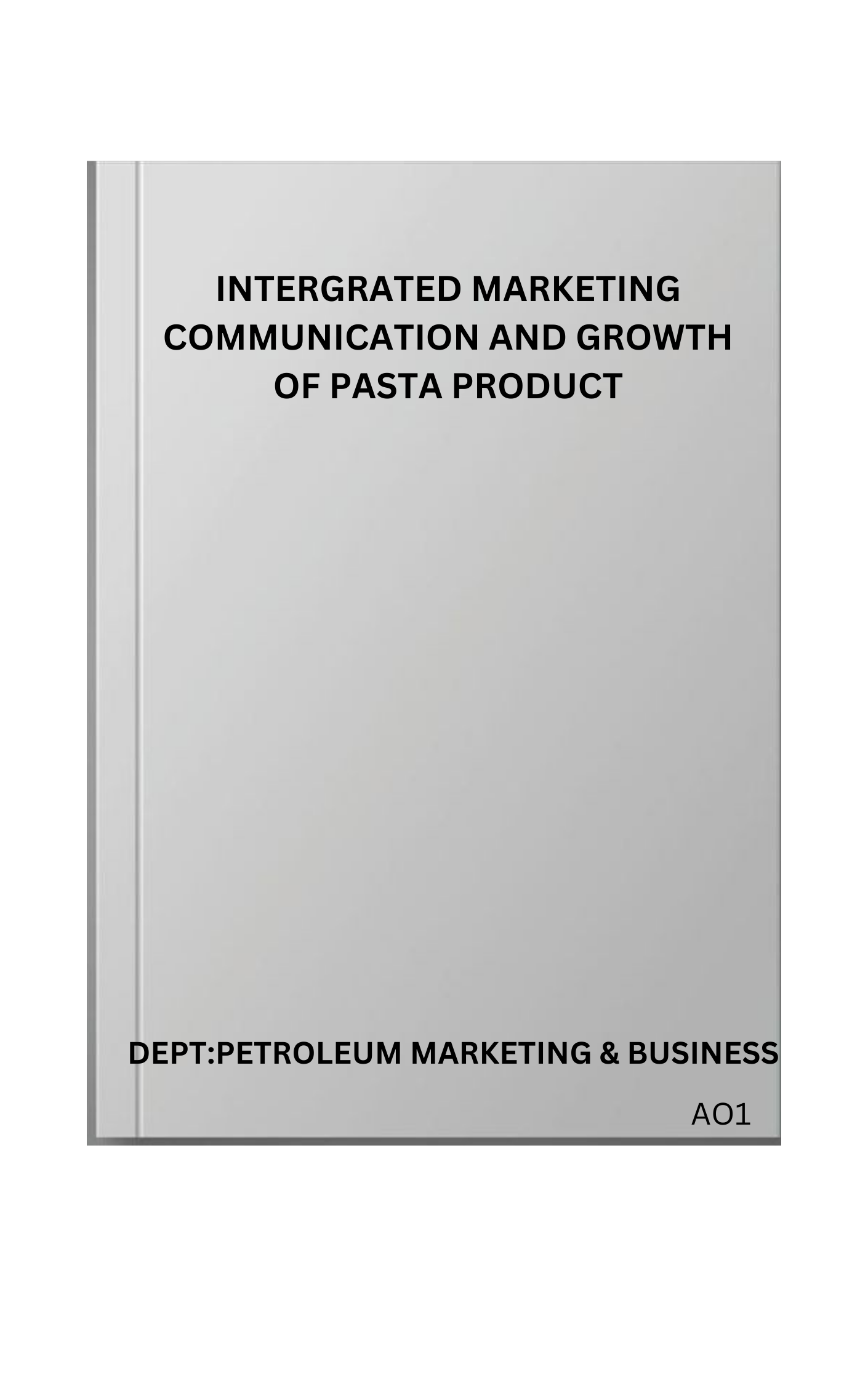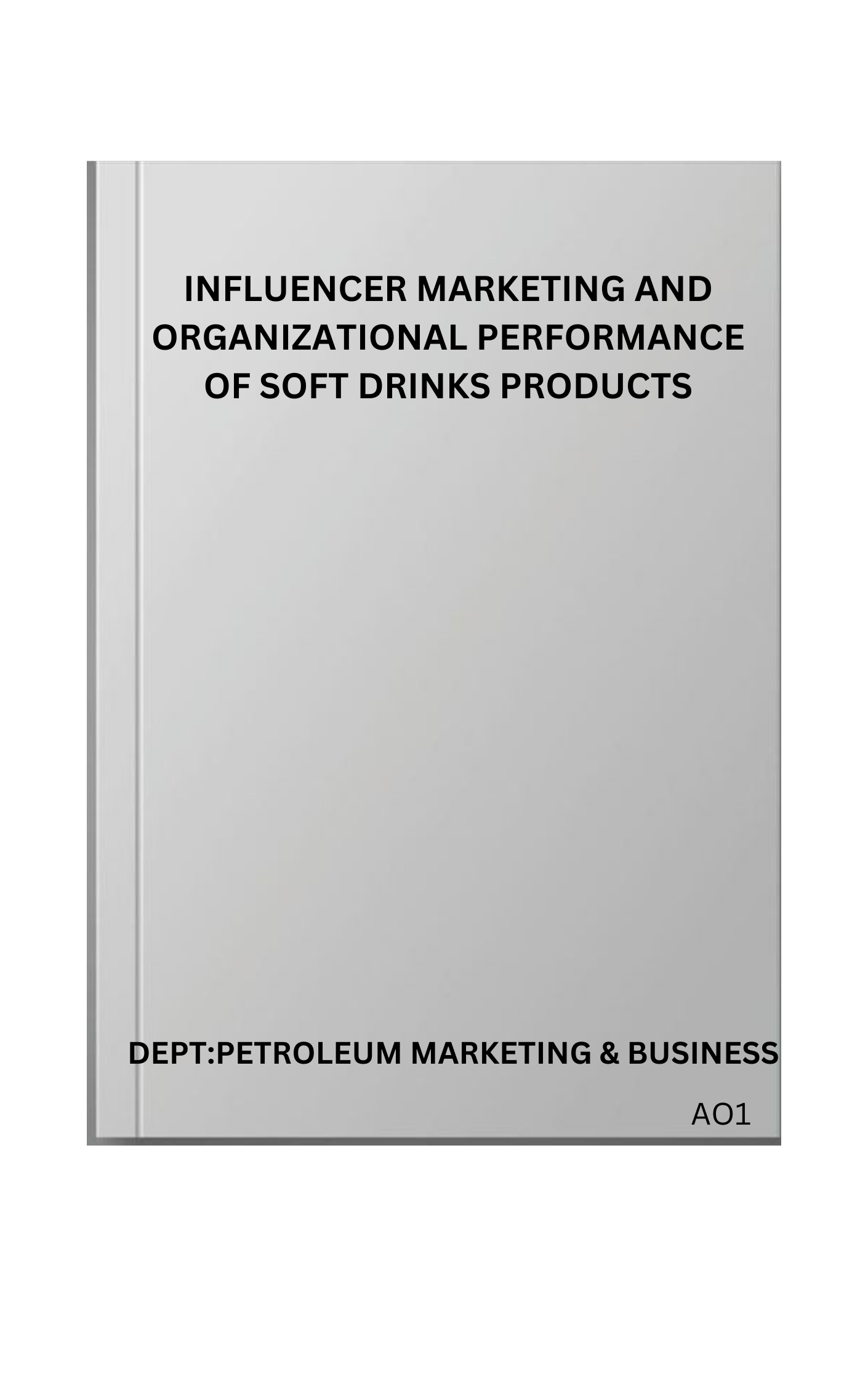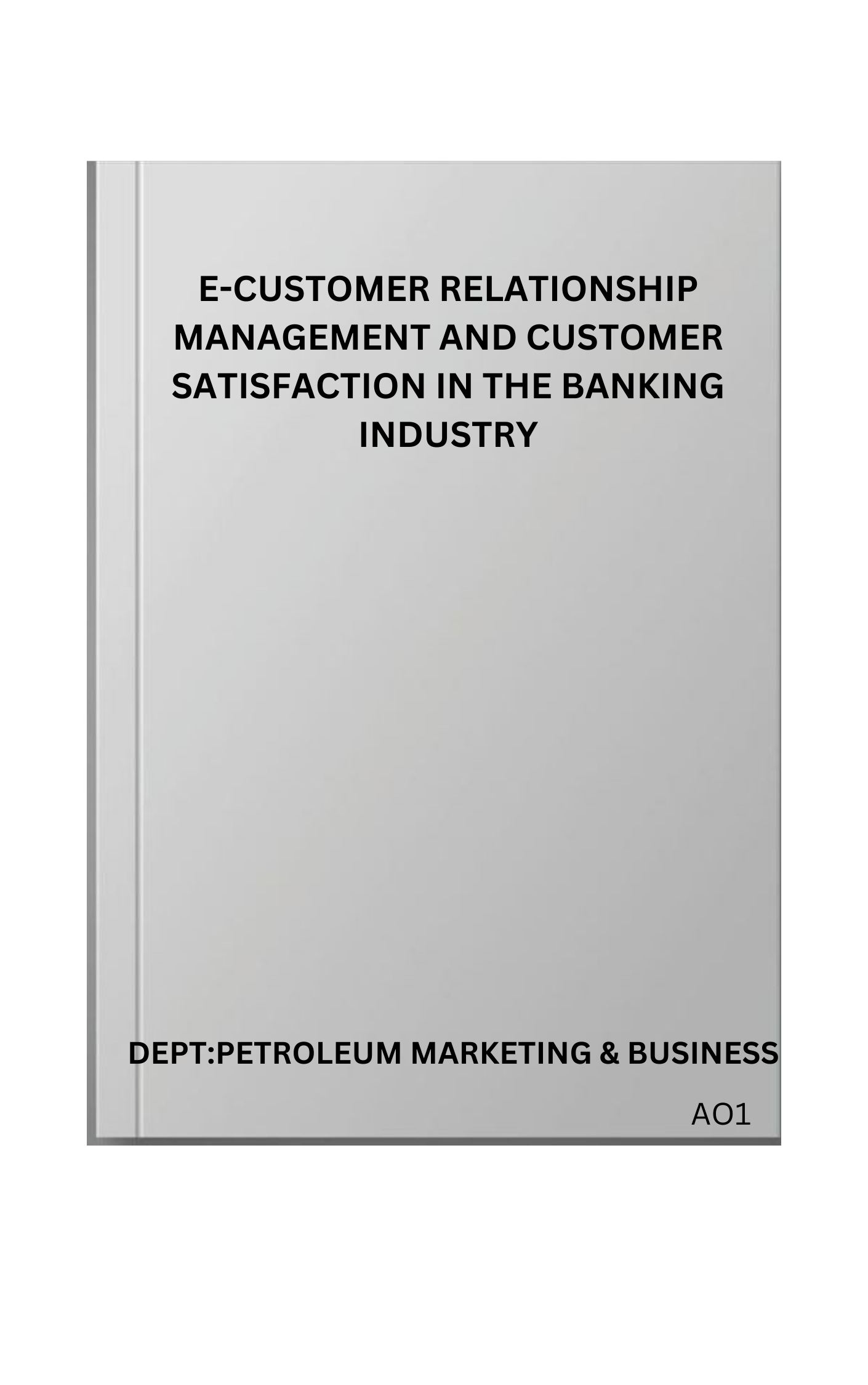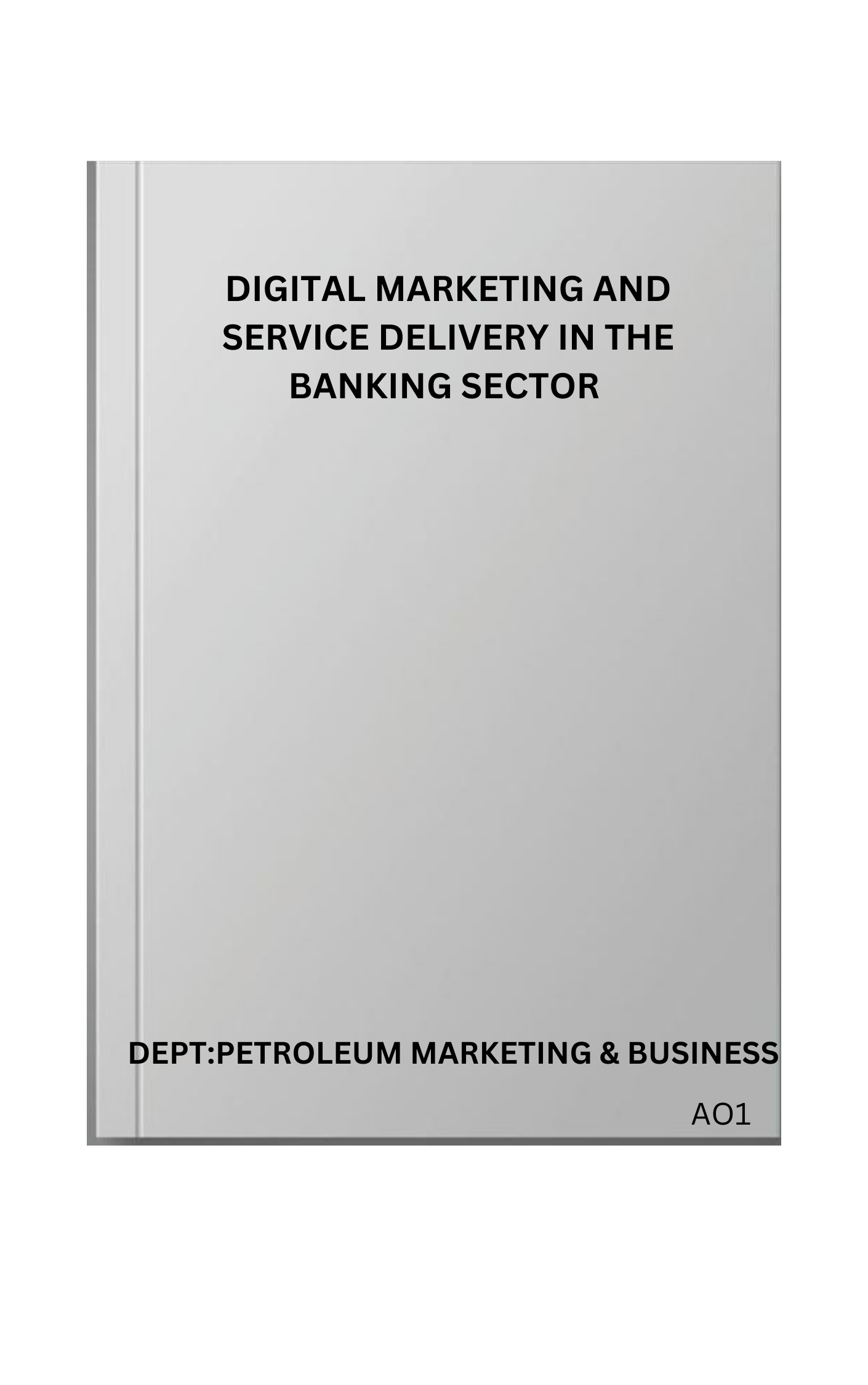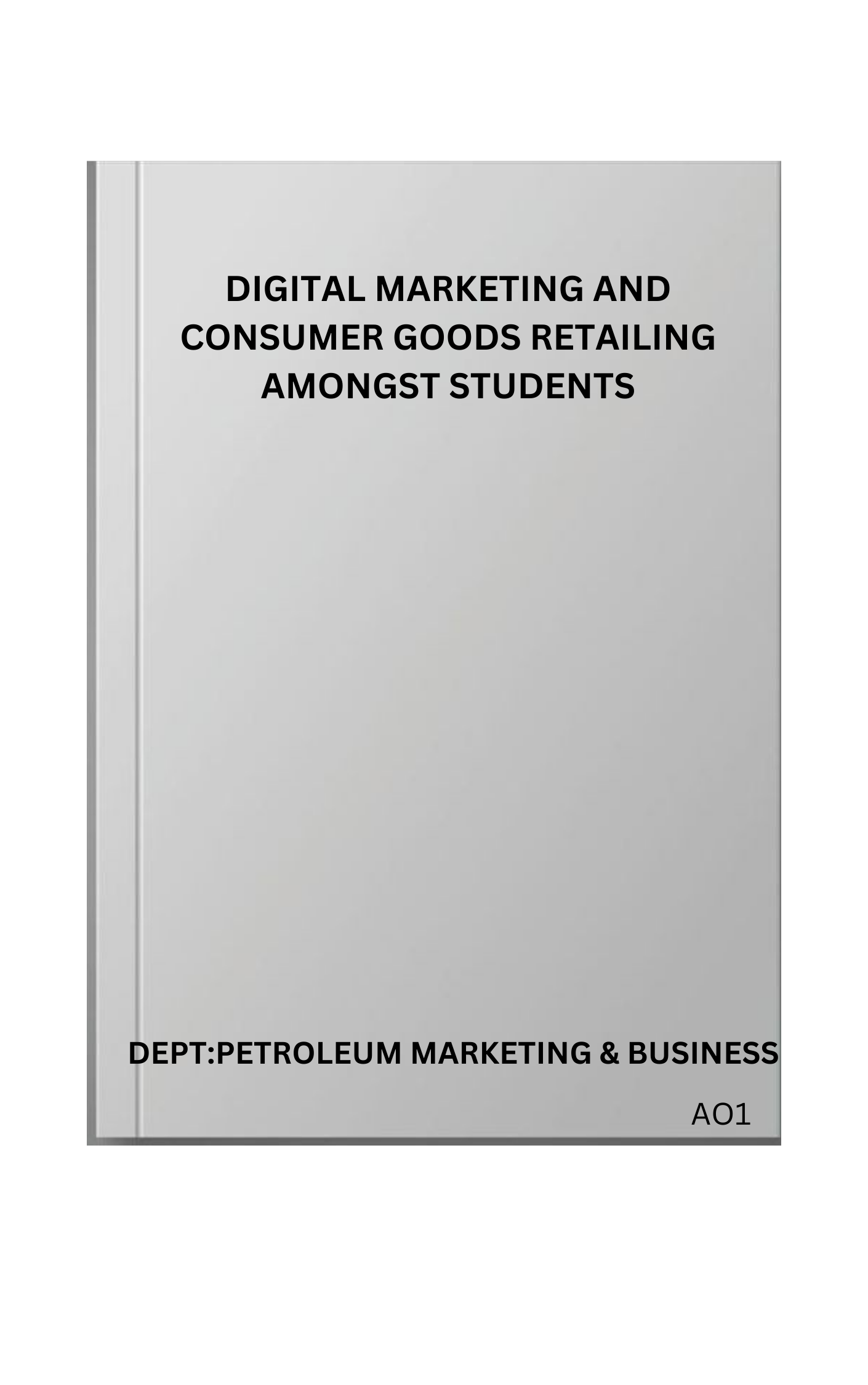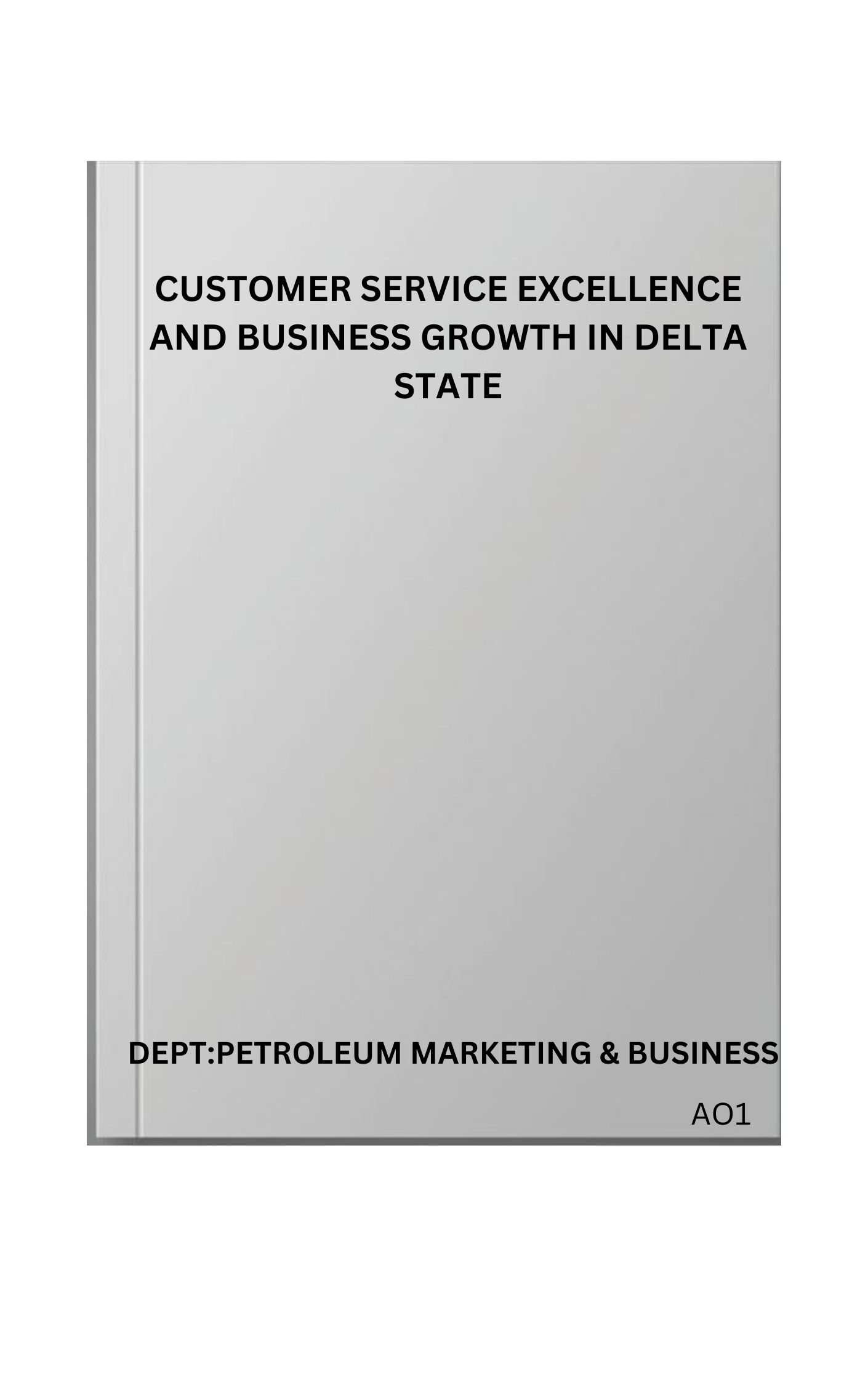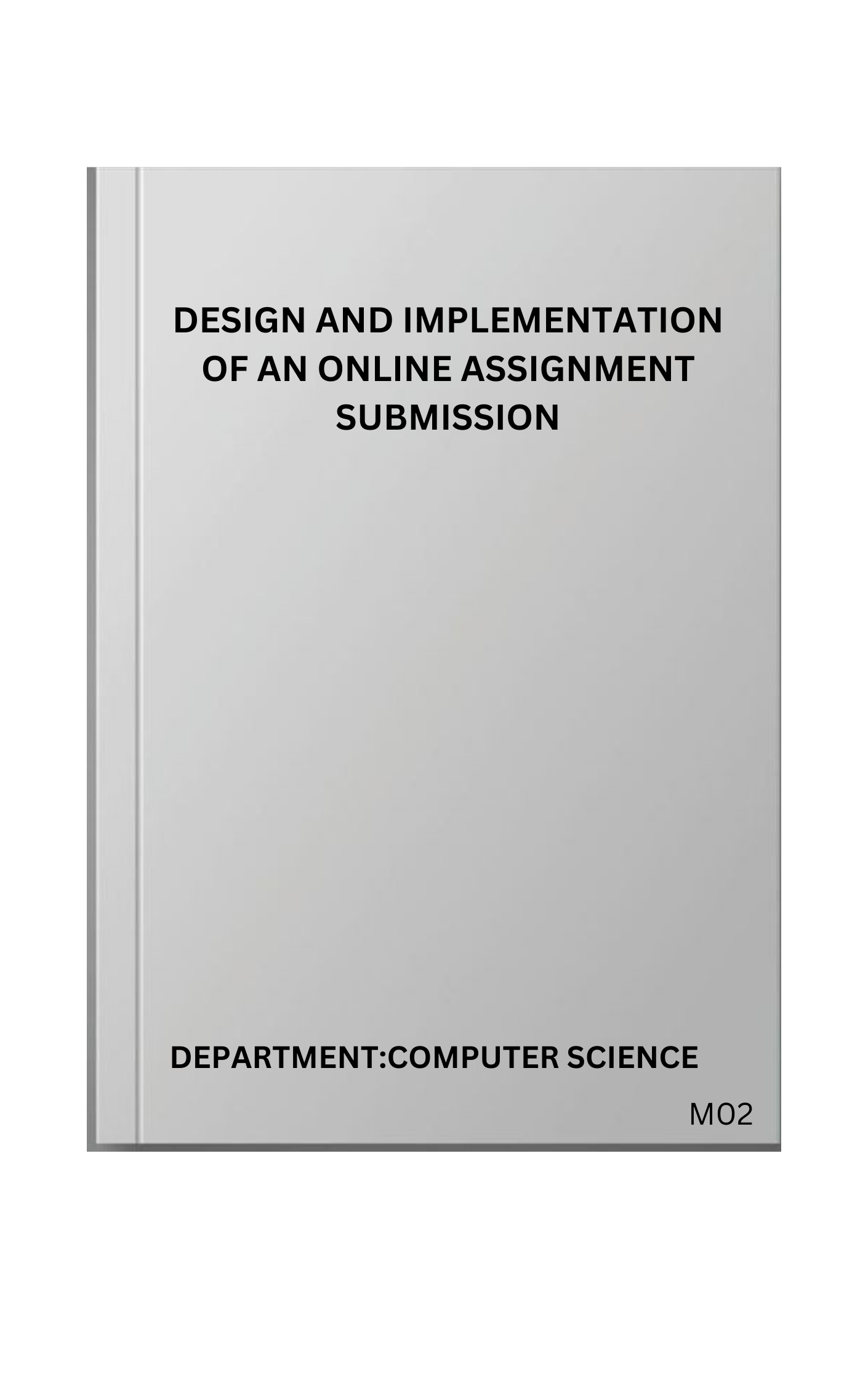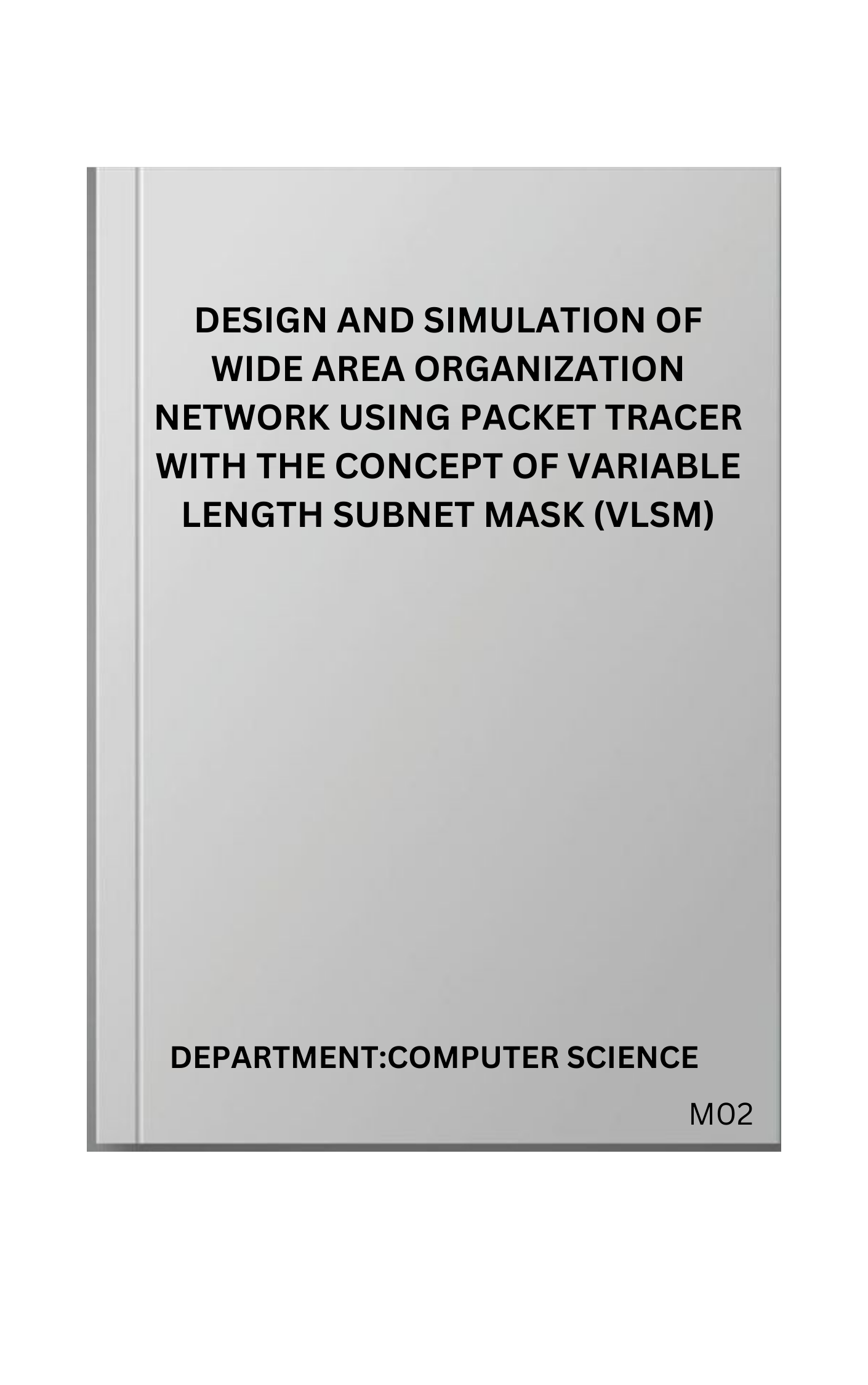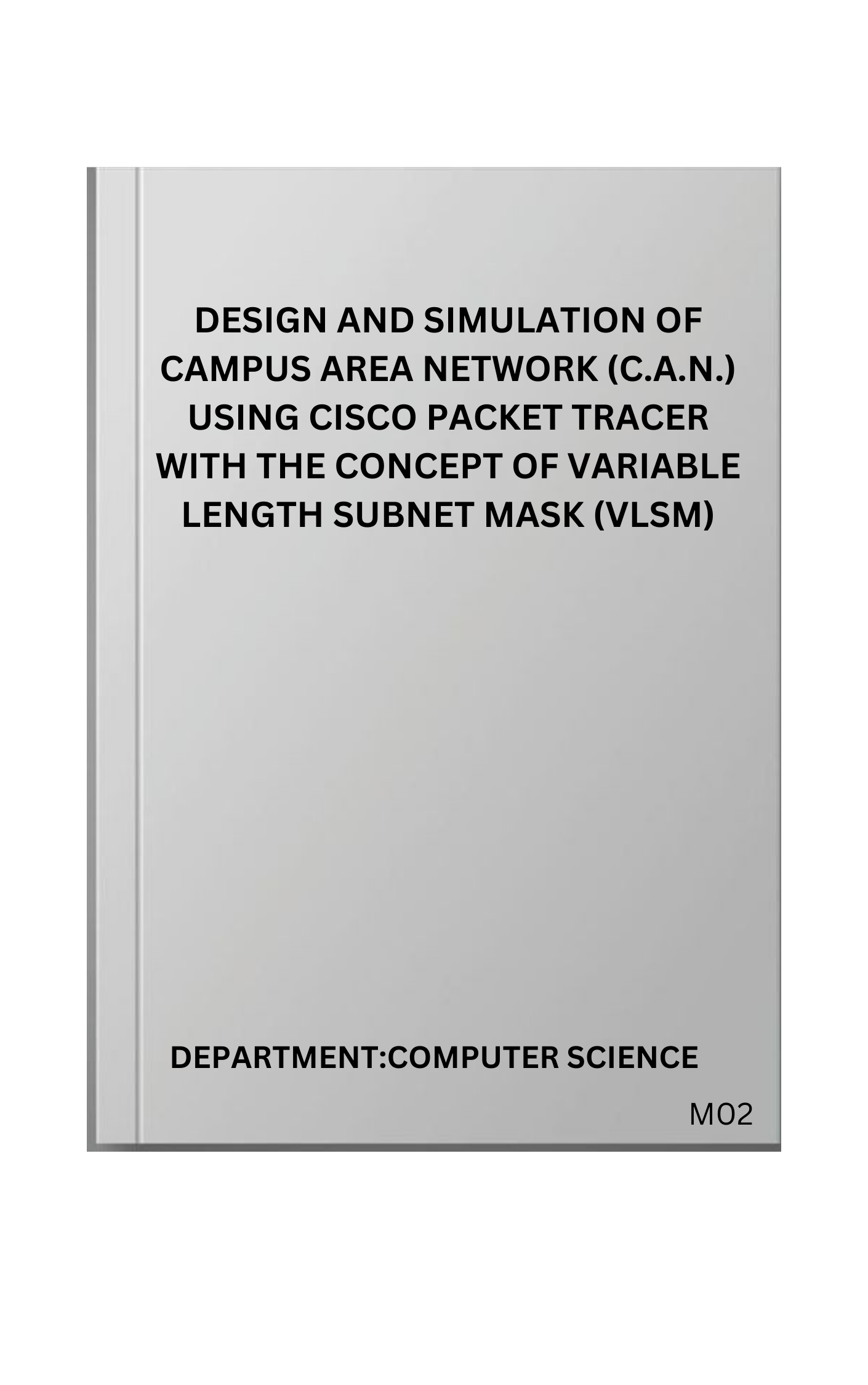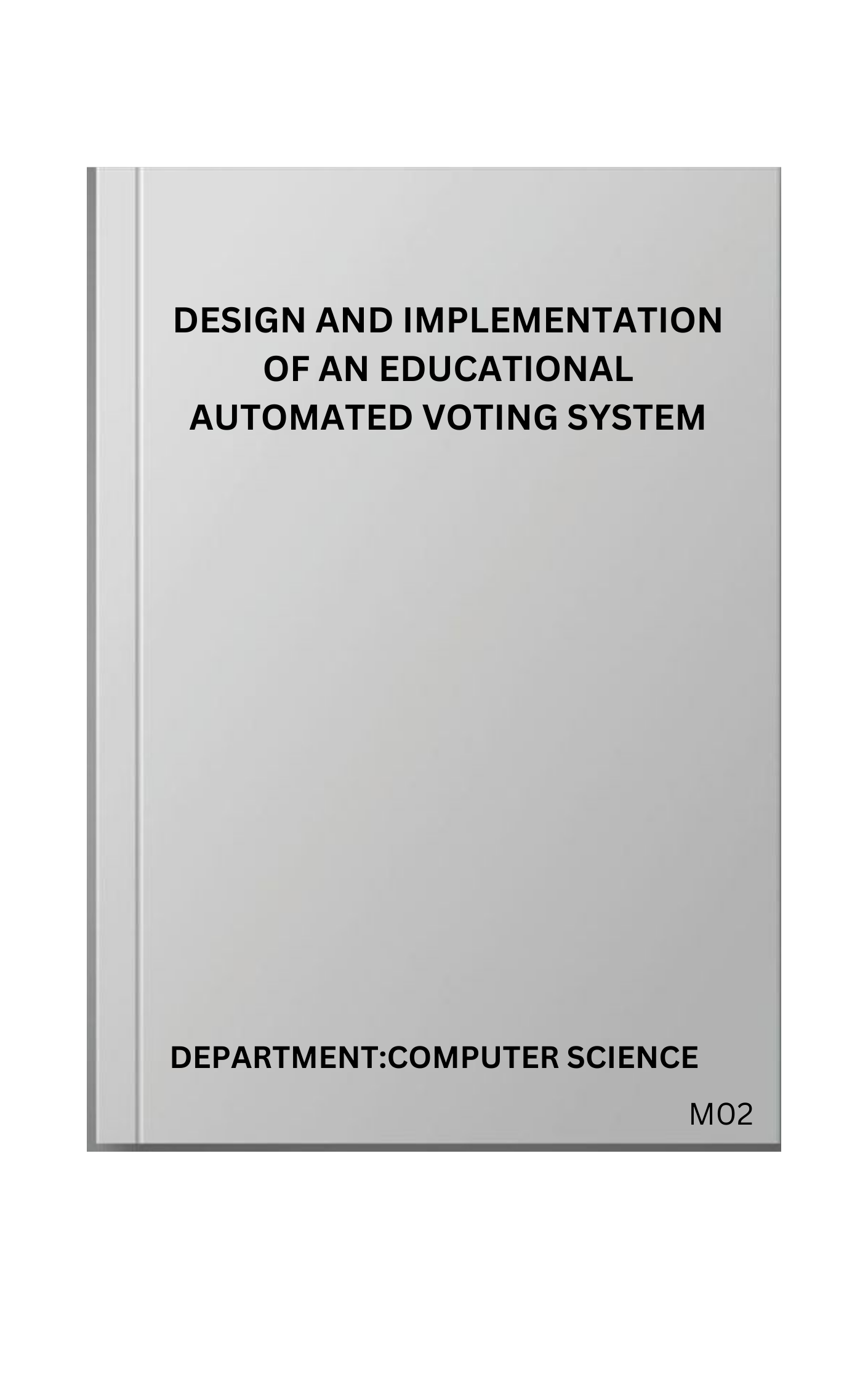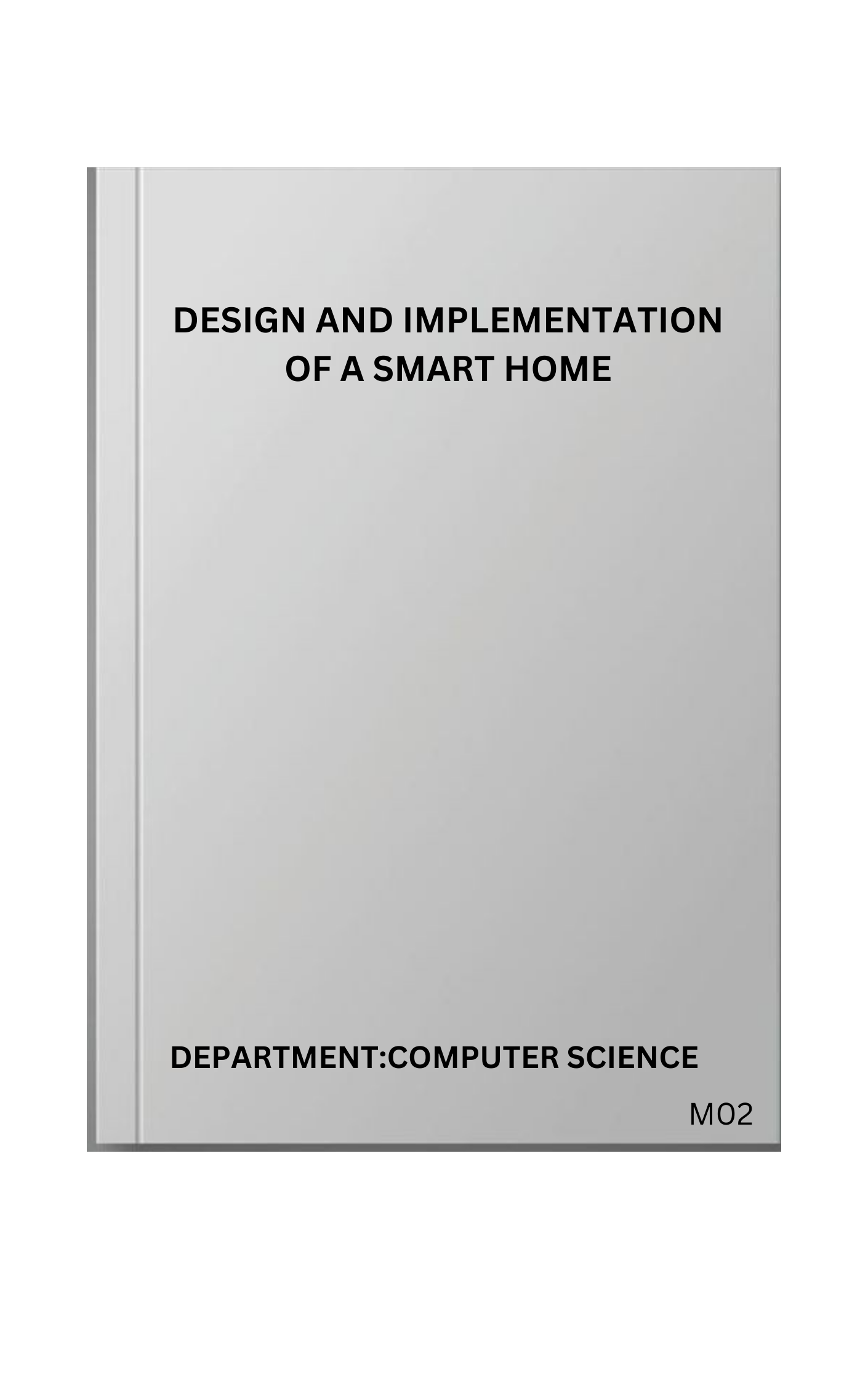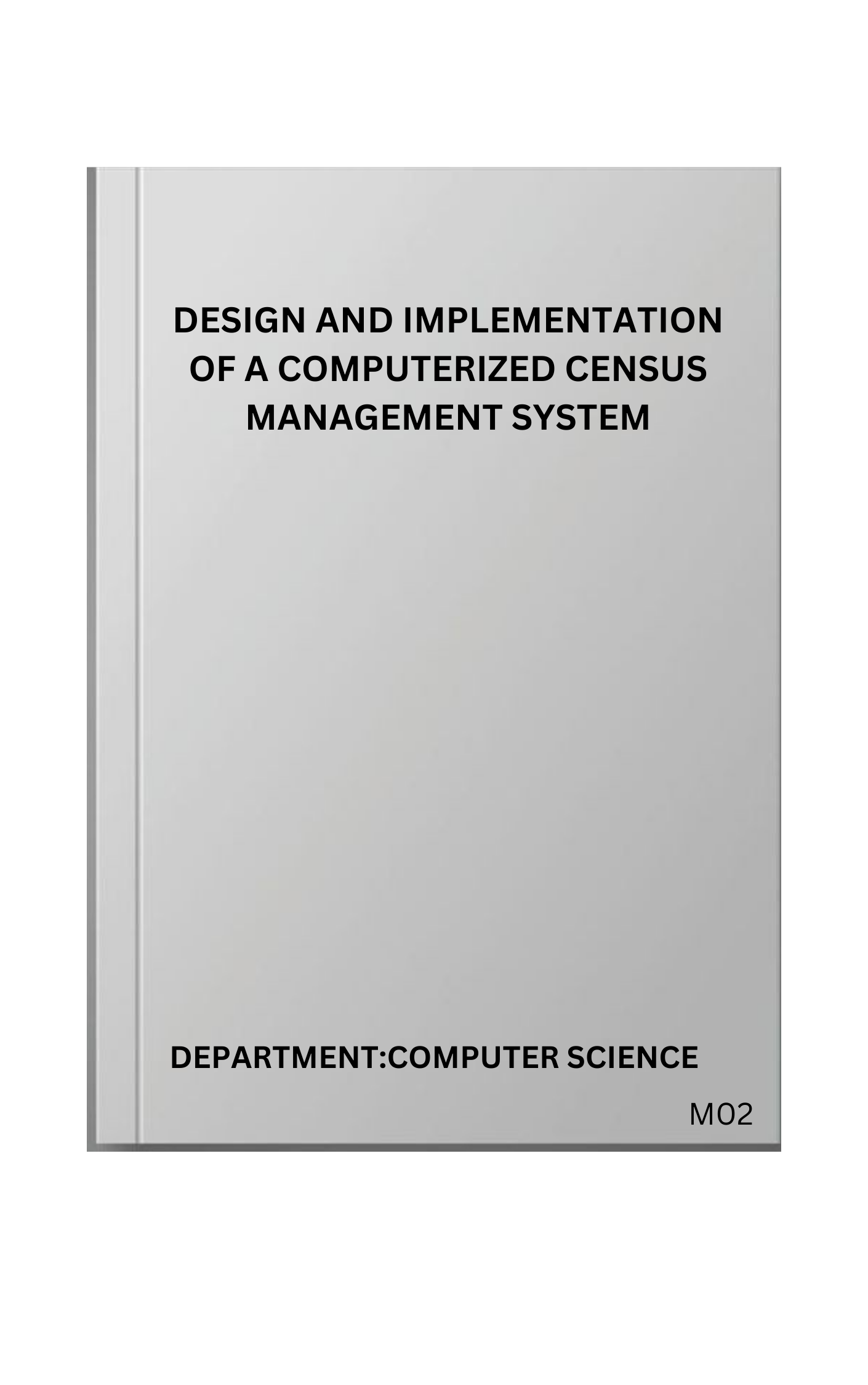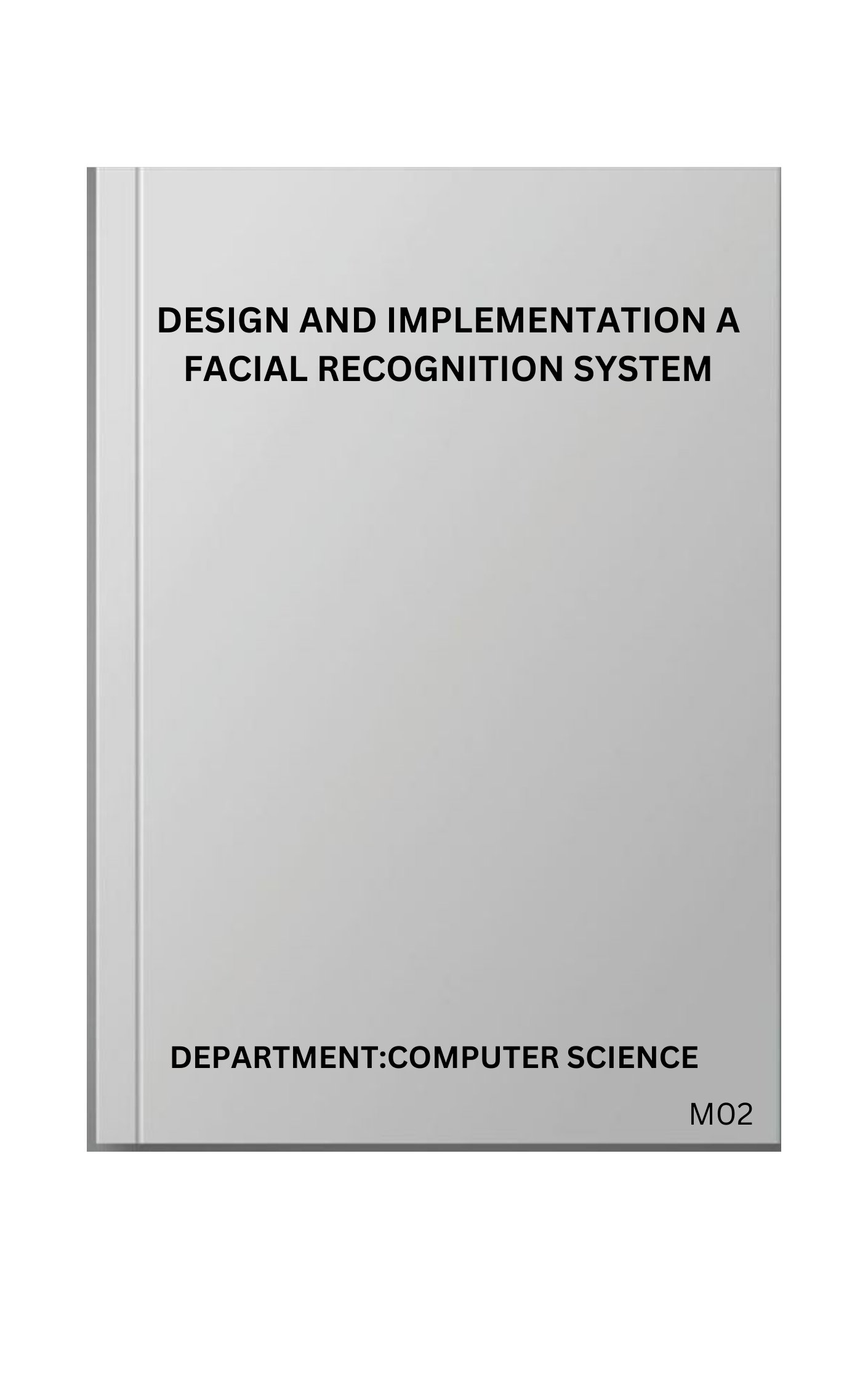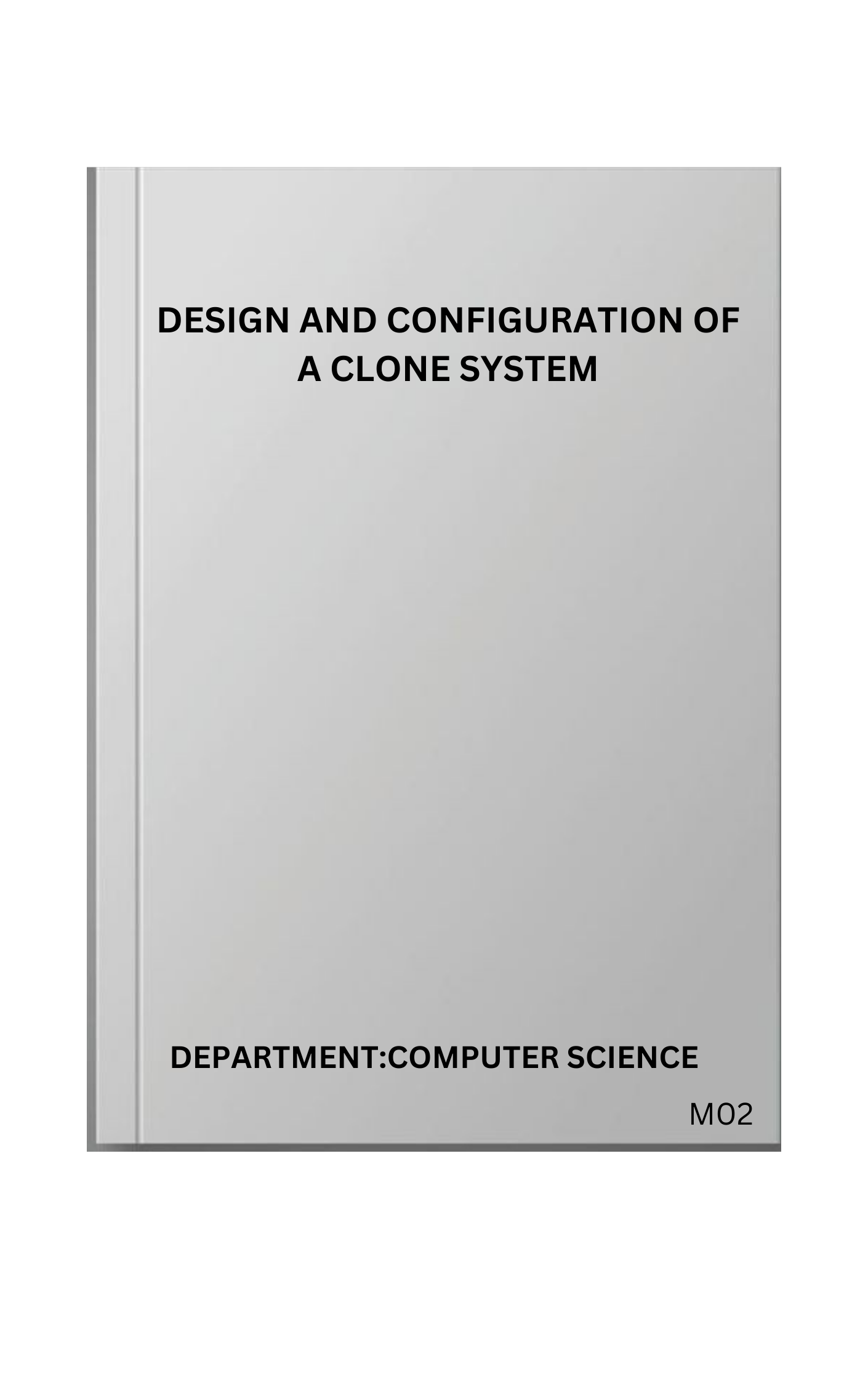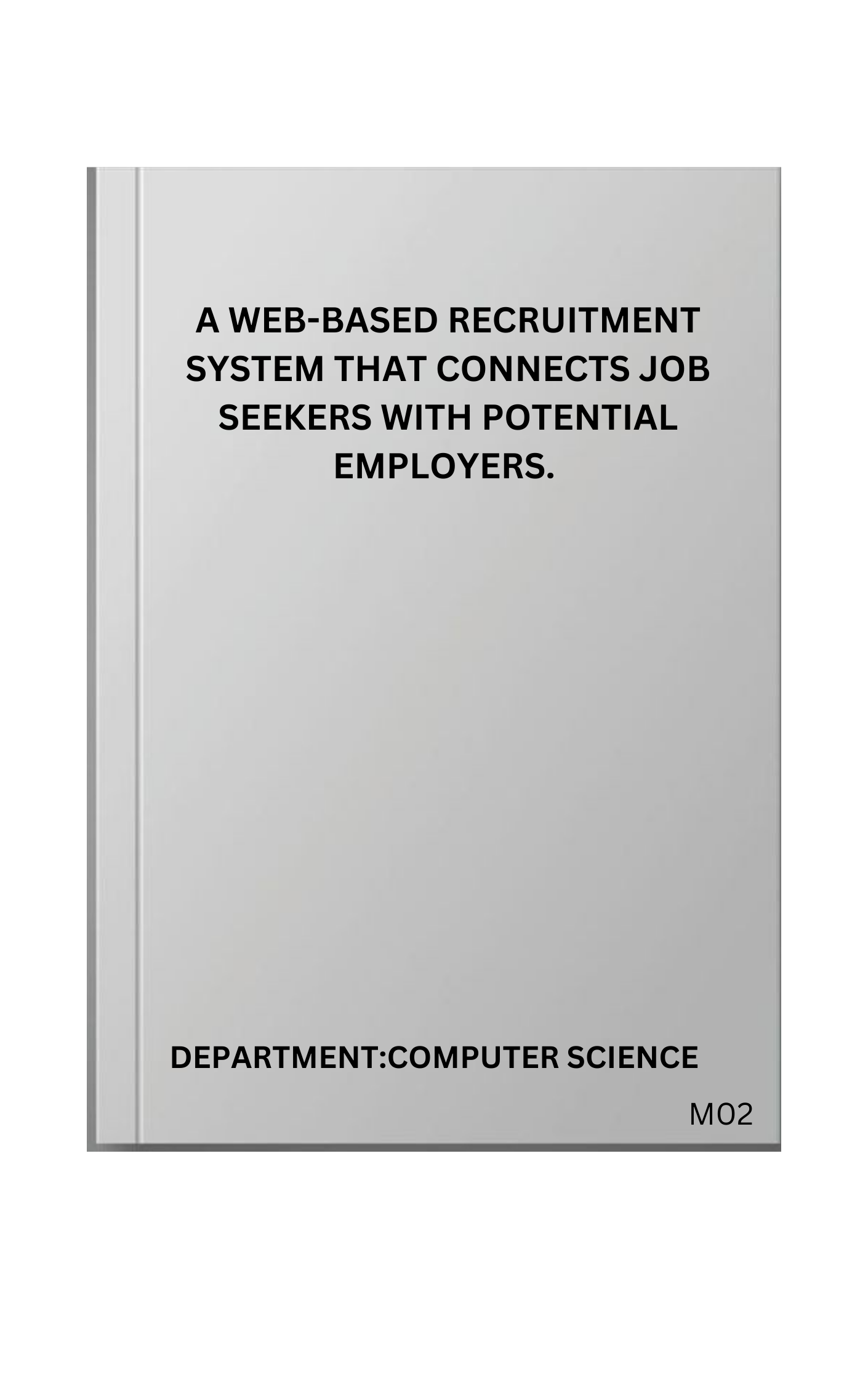CHAPTER ONE: INTRODUCTION
1.1Background to the Study
In the competitive landscape of plastic products in Warri and its environs, understanding and implementing effective pricing strategies is essential for businesses aiming to increase customer patronage and drive profitability. Pricing is a multifaceted concept that goes beyond simply attaching a monetary value to a product; it involves an intricate process of calculations, studies, and assessments to determine an optimal price that resonates with target customers (The Economic Times, 2022). Setting the right price can communicate the perceived value of a product, influencing consumer behavior and loyalty. This concept holds particularly true for plastic products, as customers' perceived value of these products may not directly correlate with production costs, but rather with how much they believe the product is worth.
Pricing plays a critical role in shaping a customer’s perception of value. As Profitwell (2021) notes, pricing signals to potential customers how much a business values its brand and customers, potentially drawing them in or driving them away based on perceived affordability and worth. This perception is particularly relevant in the plastic products market, where pricing strategies must balance competitive rates with the inherent value customers associate with each product. The decision to adopt a particular pricing strategy, whether competitive pricing or value-based pricing, influences customers’ purchasing decisions and their overall satisfaction with the brand.
Value-based pricing, a strategy highlighted by Dolansky (2019), is increasingly pertinent, especially in markets where customer preference is driven by perceived value over mere affordability. This approach involves setting prices based on customers' willingness to pay rather than production costs alone, recognizing that what customers are willing to pay often depends on their individual perception of the product’s value. As Dolansky points out, entrepreneurs benefit from understanding customer valuation, as this insight guides them in setting prices that align with consumer expectations and drive loyalty.
Moreover, the competitive landscape influences pricing decisions significantly. Competitors' pricing adjustments can impact customer perceptions of fairness, making it risky to assume customers will view any specific pricing strategy as equitable (Decker, 2021). Companies operating in the plastic products market, therefore, must carefully evaluate not only their cost structures but also competitive trends and broader market conditions. According to Shethna (2020), businesses must consider production costs, competitor actions, and consumer purchasing power, among other factors, to develop a pricing strategy that appeals to their market segment and maximizes profit.
Different pricing strategies, such as penetration pricing, premium pricing, discount pricing, and competitive pricing, offer distinct advantages depending on market conditions and business objectives (My Accounting Course, 2021). For instance, penetration pricing, often used to enter a competitive market, could attract more customers by offering lower initial prices, whereas premium pricing may appeal to consumers seeking high-quality products. Therefore, firms in the plastic products industry must strategically adopt and adjust pricing tactics to align with their goals and respond to changing market dynamics.
Pricing strategy is crucial for the success of plastic product companies in Warri and similar markets, where competition and customer expectations are significant. By adopting a well-informed approach to pricing, considering both costs and customer value perception, businesses can enhance customer patronage, fostering long-term loyalty and profitability.
1.2Statement of the Problem
In the competitive market of plastic products in Warri and its environs, determining the most effective pricing strategy to attract and retain customers while maintaining profitability is a complex challenge. Pricing strategy is acknowledged as a crucial factor influencing organizational performance, particularly in highly competitive and dynamic sectors (Alexandre & Jean, 2010). Various pricing strategies, such as price skimming, penetration pricing, competitive pricing, and discount pricing, are available for firms seeking to increase customer patronage and enhance financial outcomes.
However, the effectiveness of these strategies in the context of plastic product companies in Warri is largely unexplored. Price skimming may allow companies to capture higher revenues from early adopters, but it risks alienating price-sensitive customers, potentially limiting the product's market reach and long-term growth. Conversely, penetration pricing could help expand the customer base by offering lower prices but might undermine short-term profitability goals, creating financial sustainability issues. In an environment where competitive pricing is essential to stay relevant, focusing exclusively on matching or undercutting competitors' prices may prevent firms from maximizing revenue through value-added features or service packages. This approach, while potentially beneficial for customer acquisition, could restrict revenue growth opportunities and limit the potential for upselling.
Furthermore, the use of discount pricing as a tactic to increase patronage may have the unintended effect of eroding profit margins, posing a risk to the overall financial health of the firm (Alexandre & Jean, 2010). The challenge for plastic product companies, therefore, lies in selecting a pricing strategy that strikes a balance between attracting customers, enhancing profitability, and sustaining competitive advantage. This study aims to investigate the impact of different pricing strategies on customer patronage and organizational performance of plastic product firms in Warri, providing insights that can guide effective pricing decisions in this sector.
1.3Research Questions
This study addressed the following questions:
1.Does the use of price skimming strategies boost customer patronage of plastic product?
2.Does penetration pricing strategy enhance customer patronage for plastic products in Warri?
3.Does competitive pricing influence customer patronage of plastic product?
4.Does discount pricing strategy increase customer patronage of plastic product?
PAY TO GET COMPLETE PROJECT


